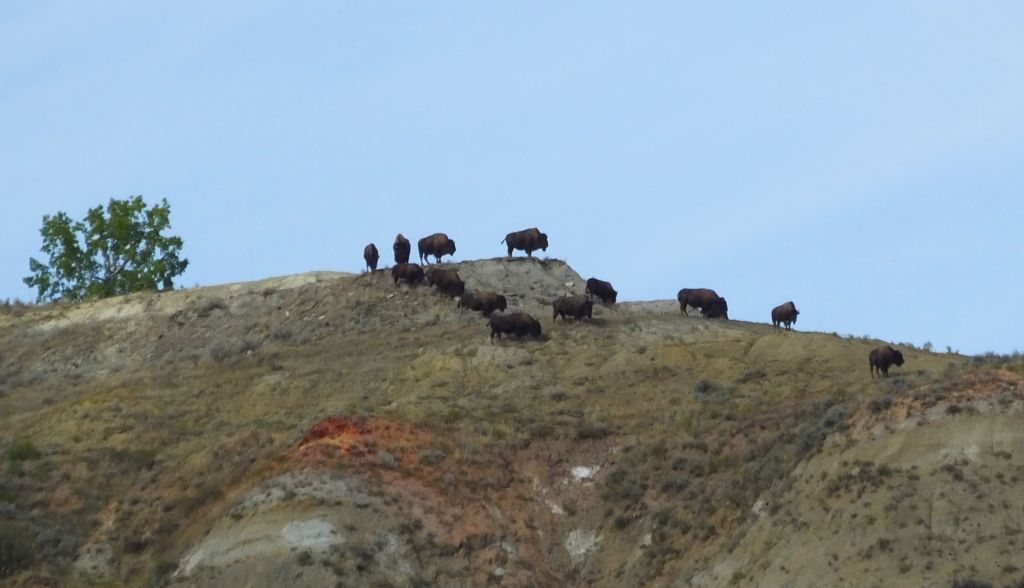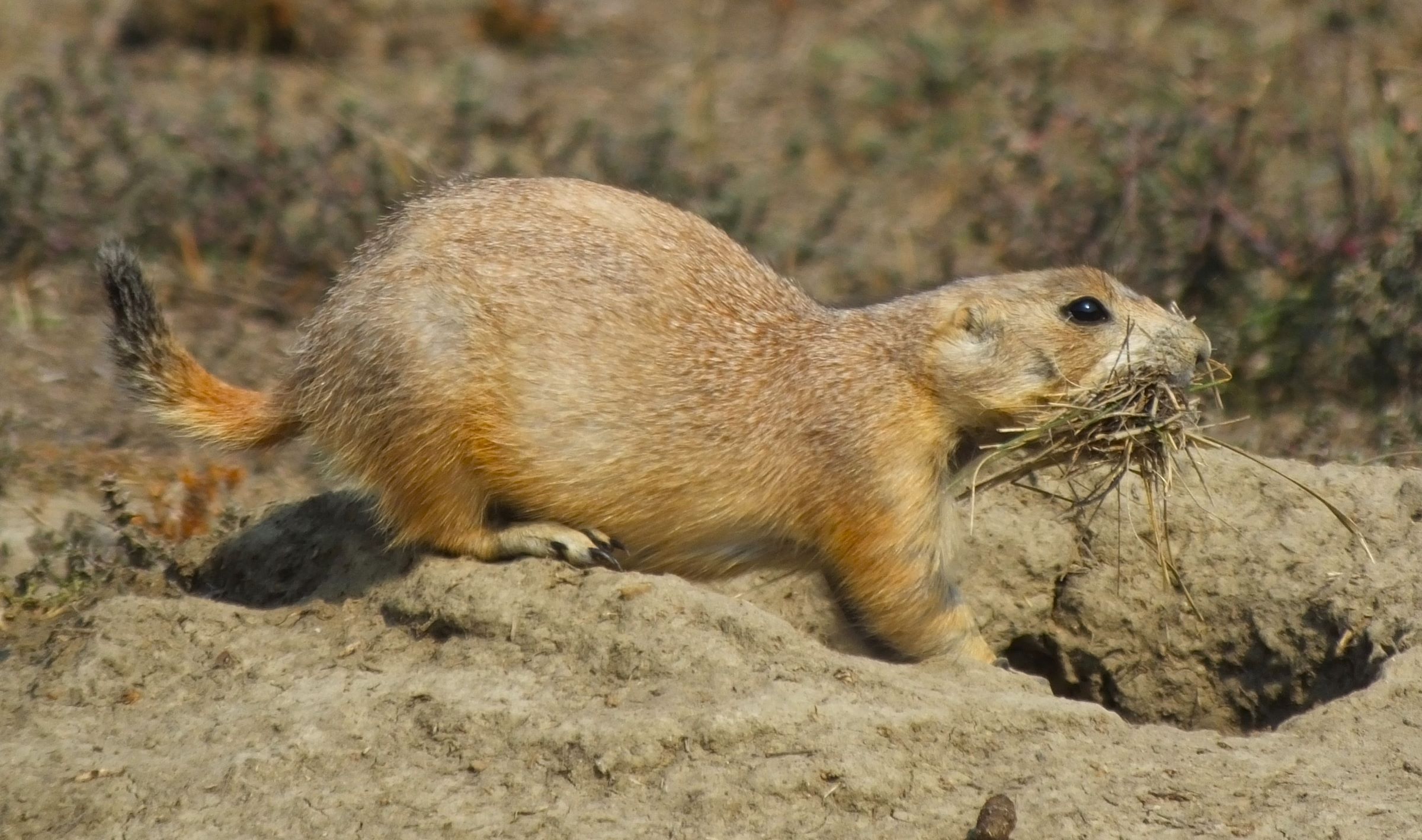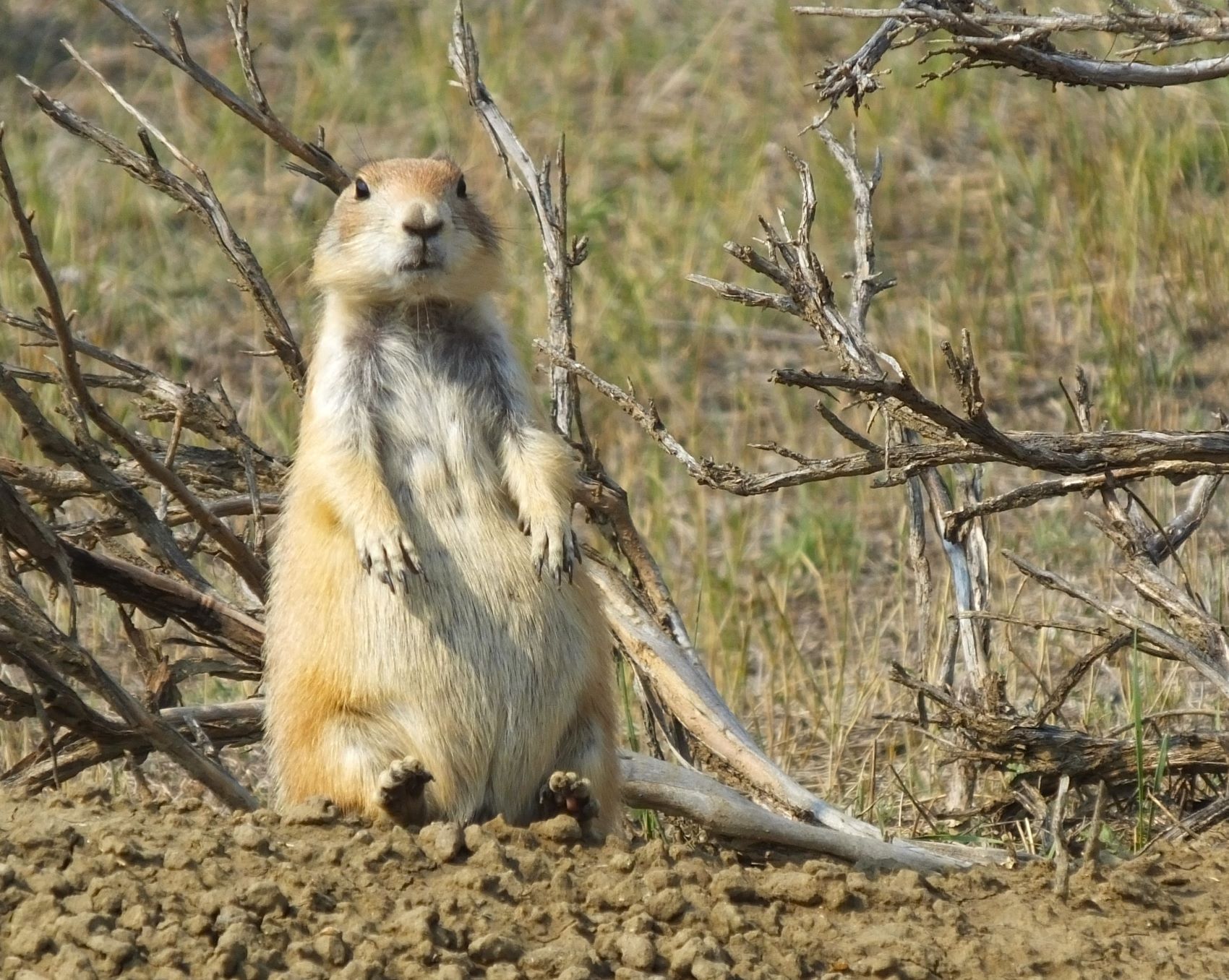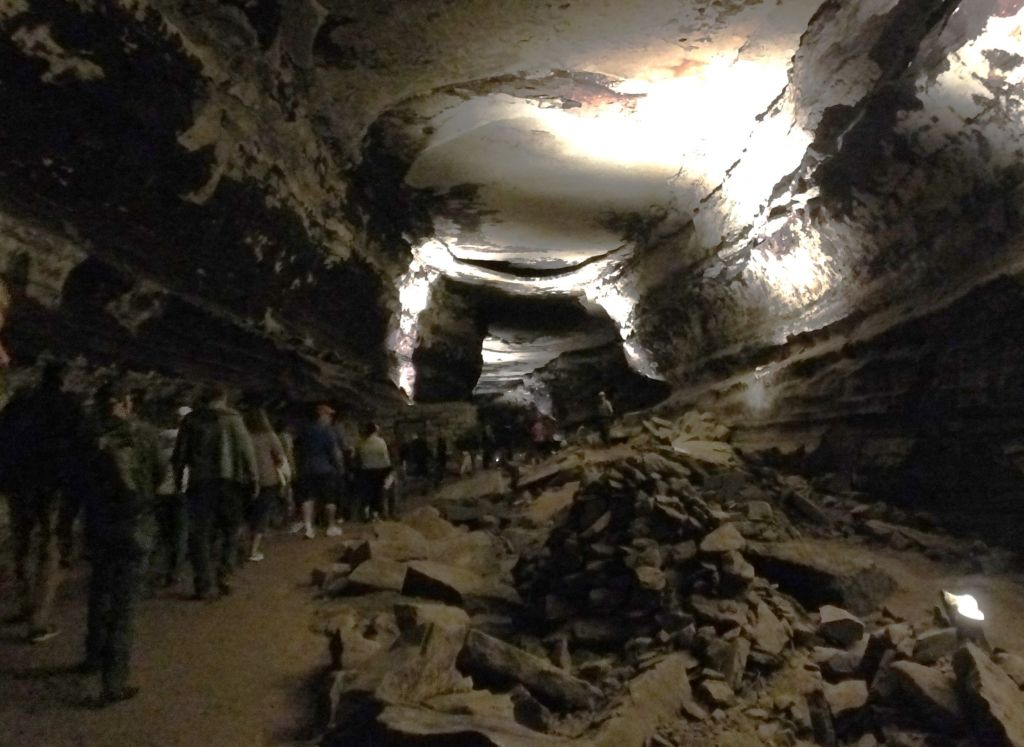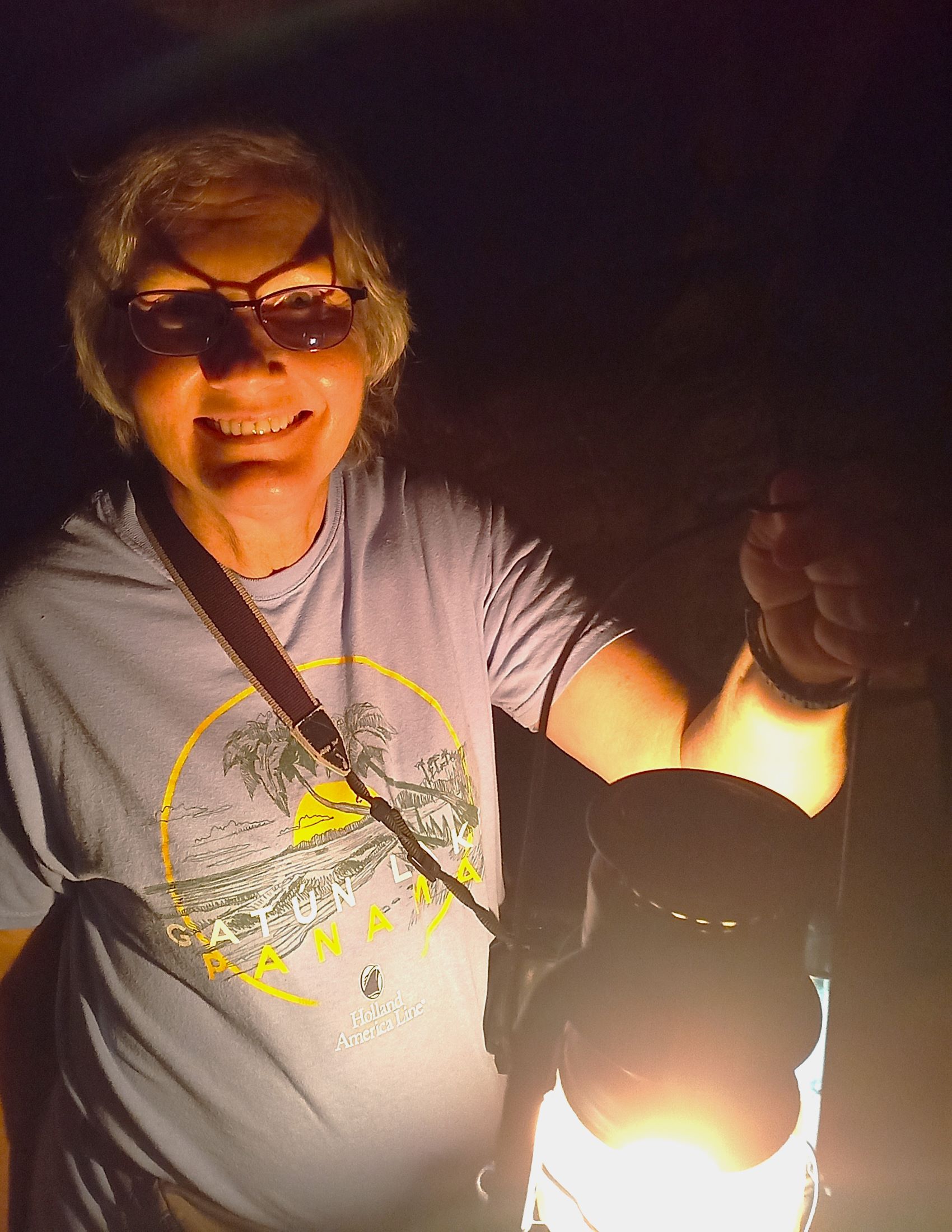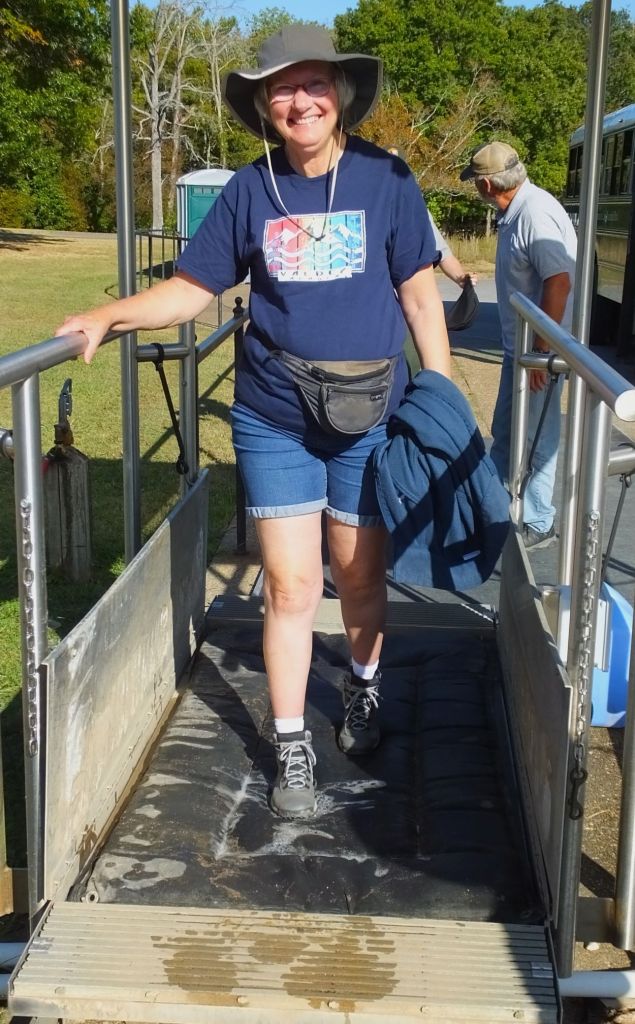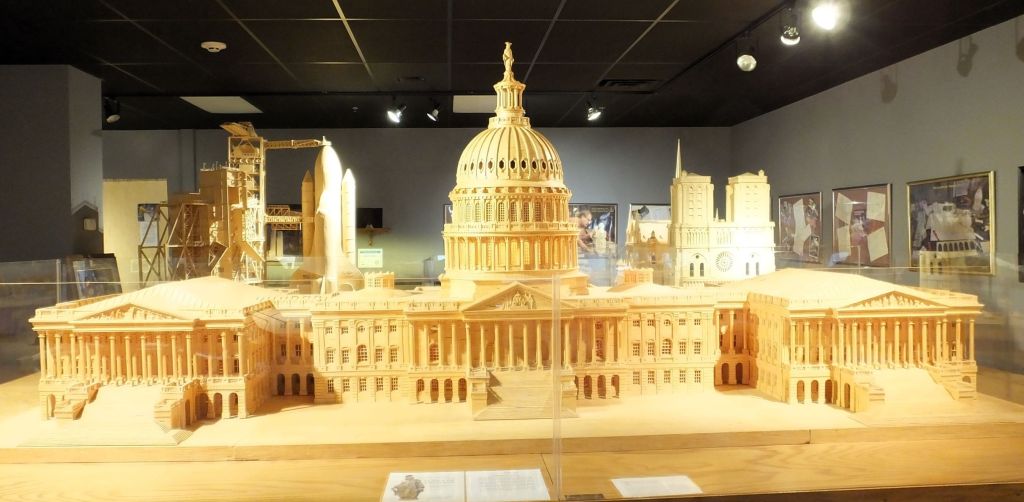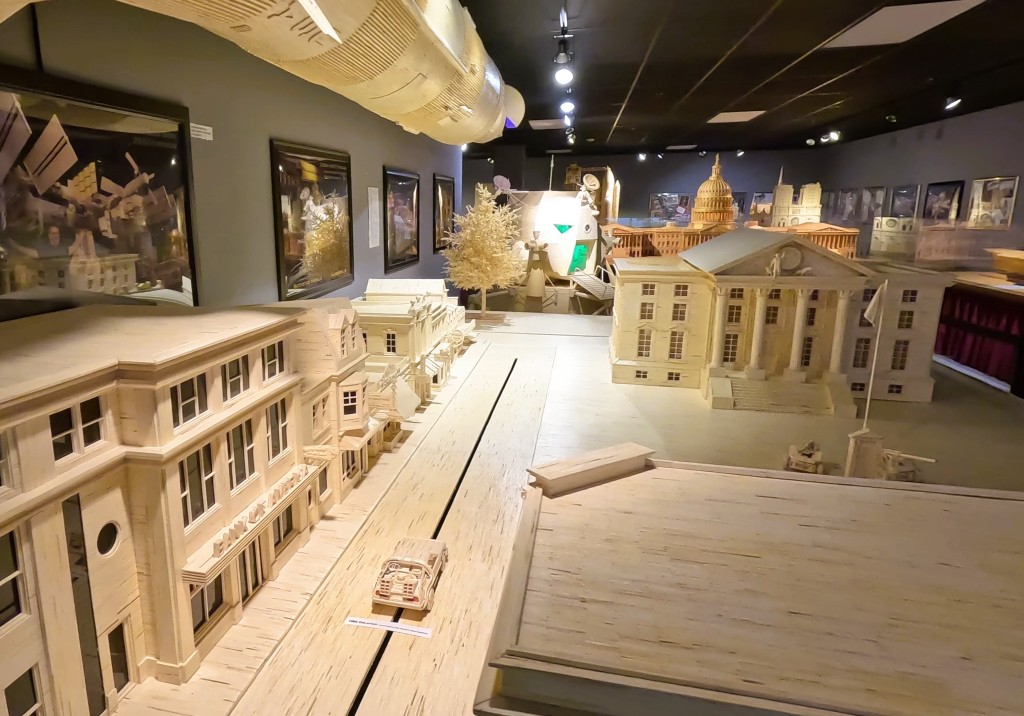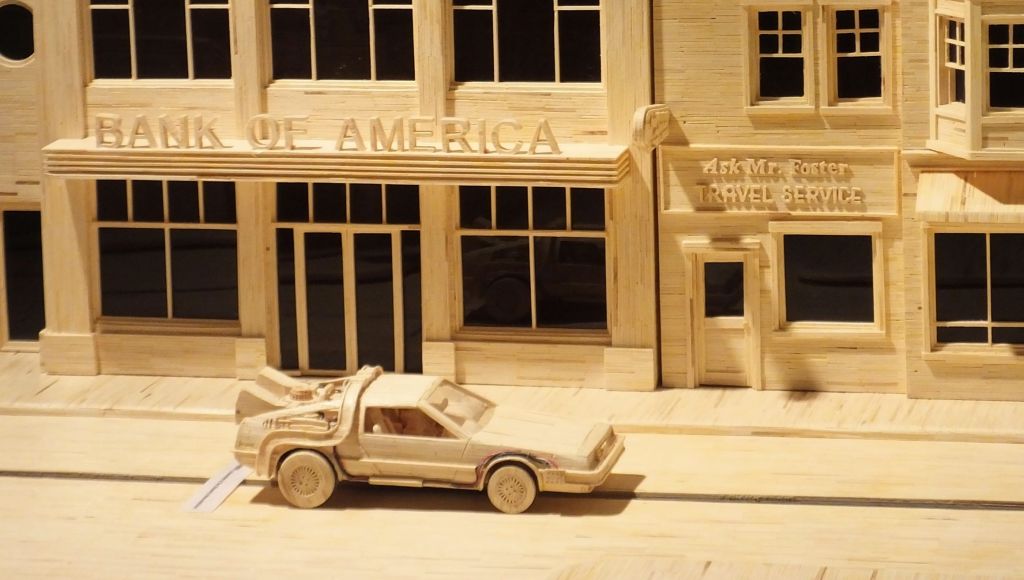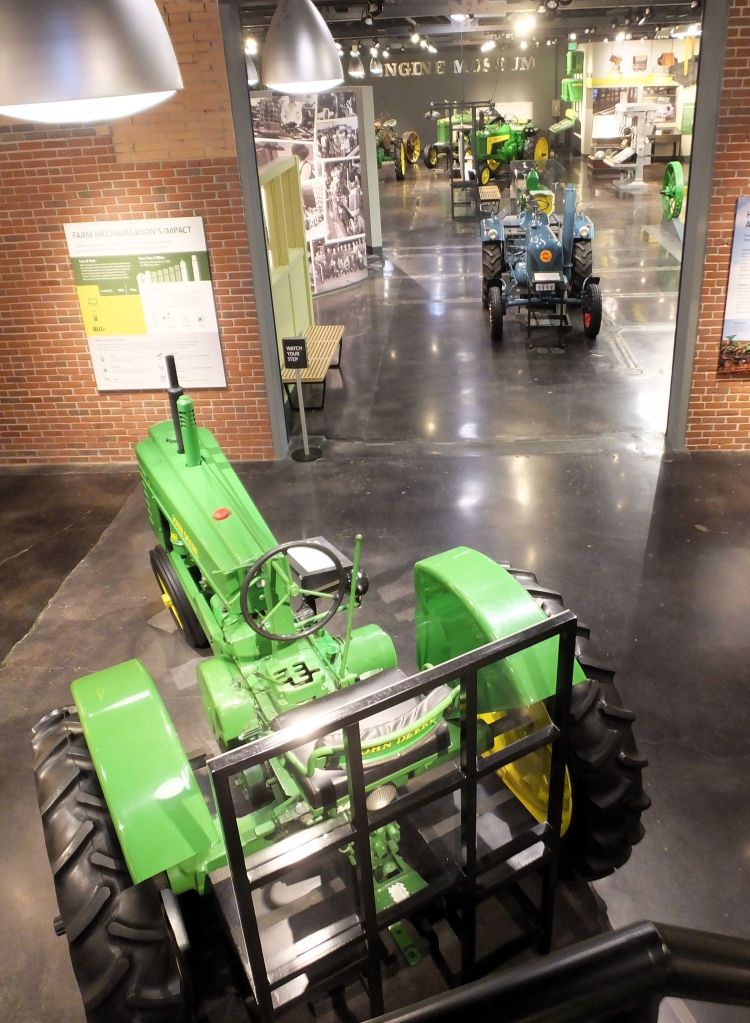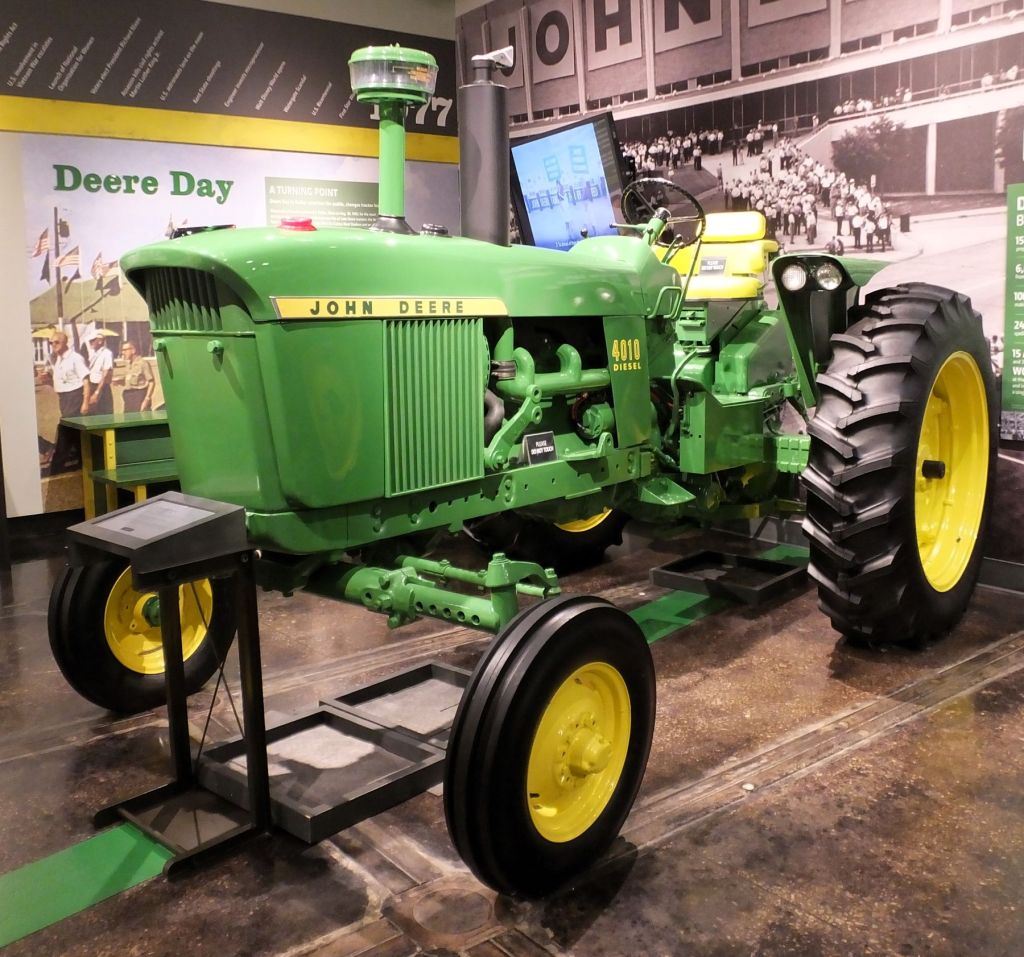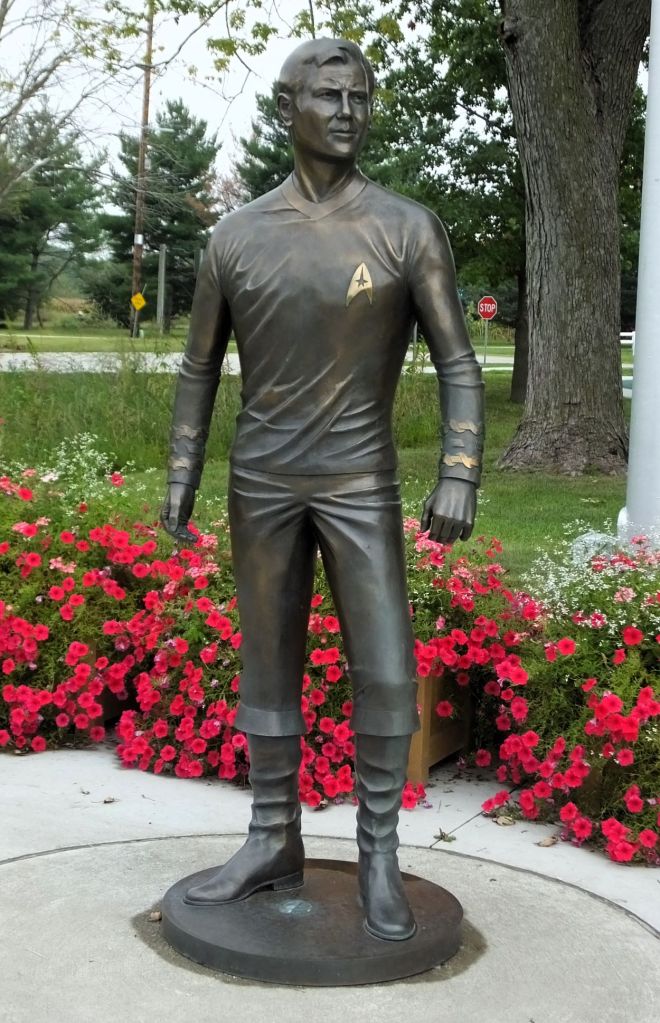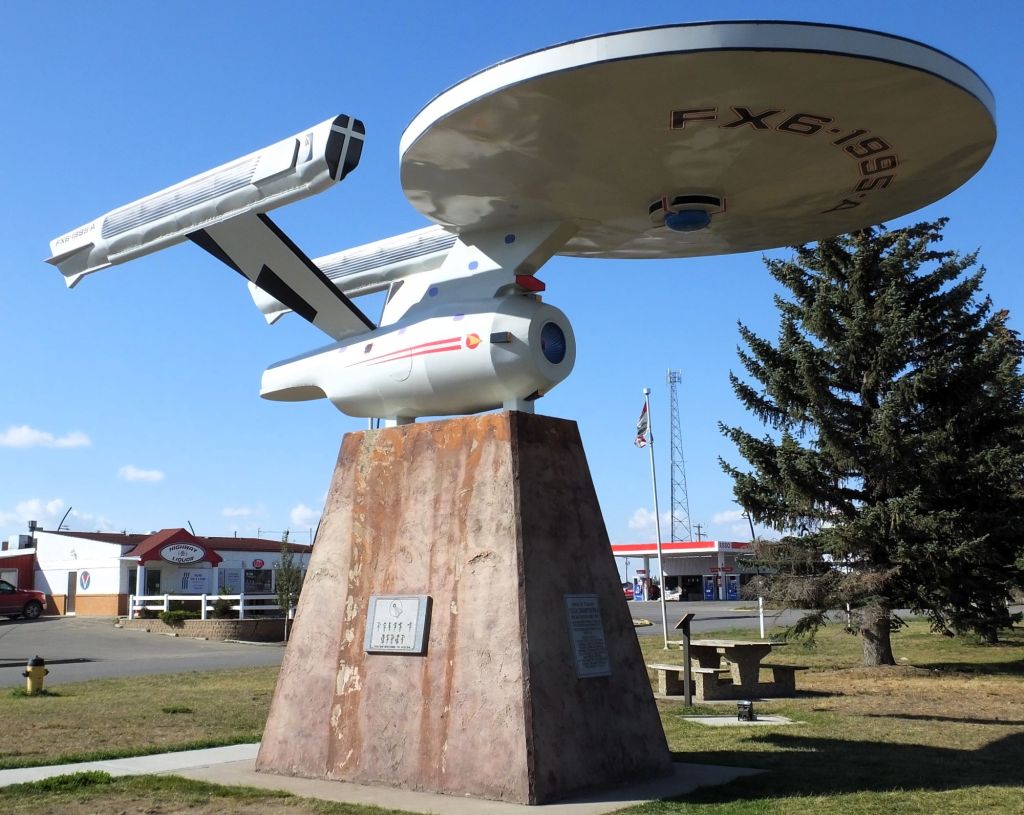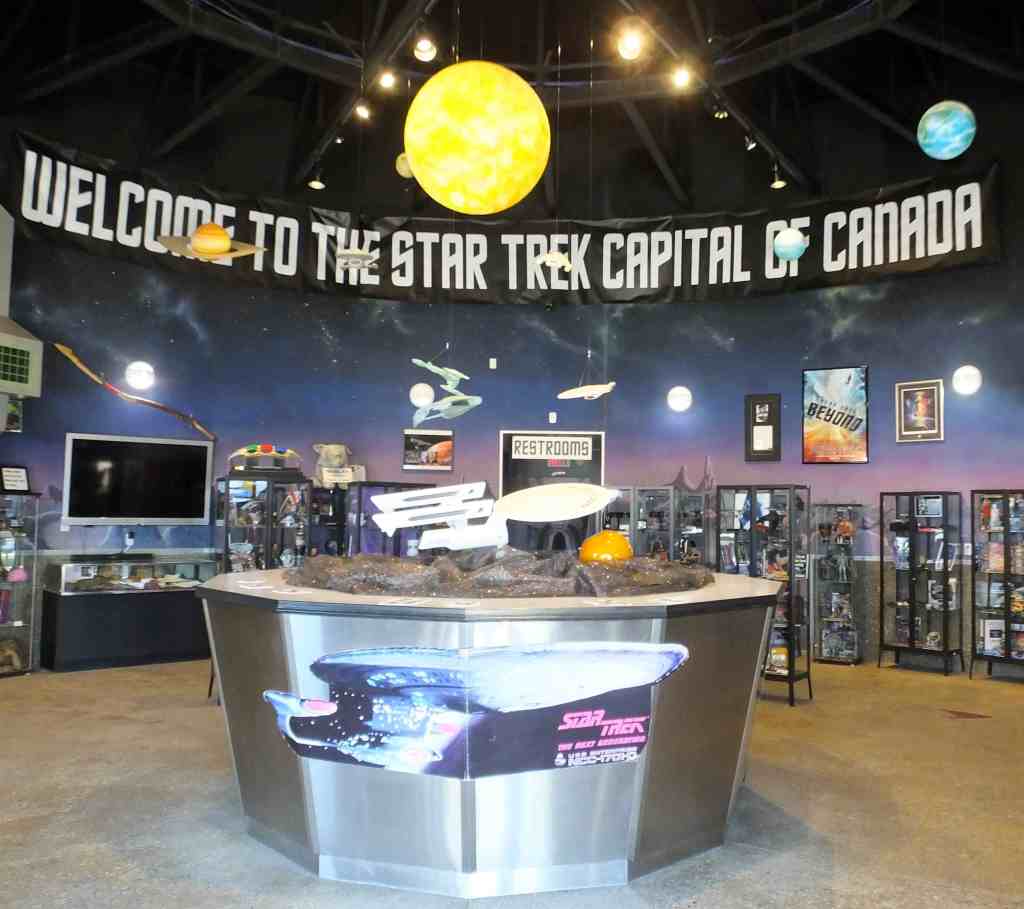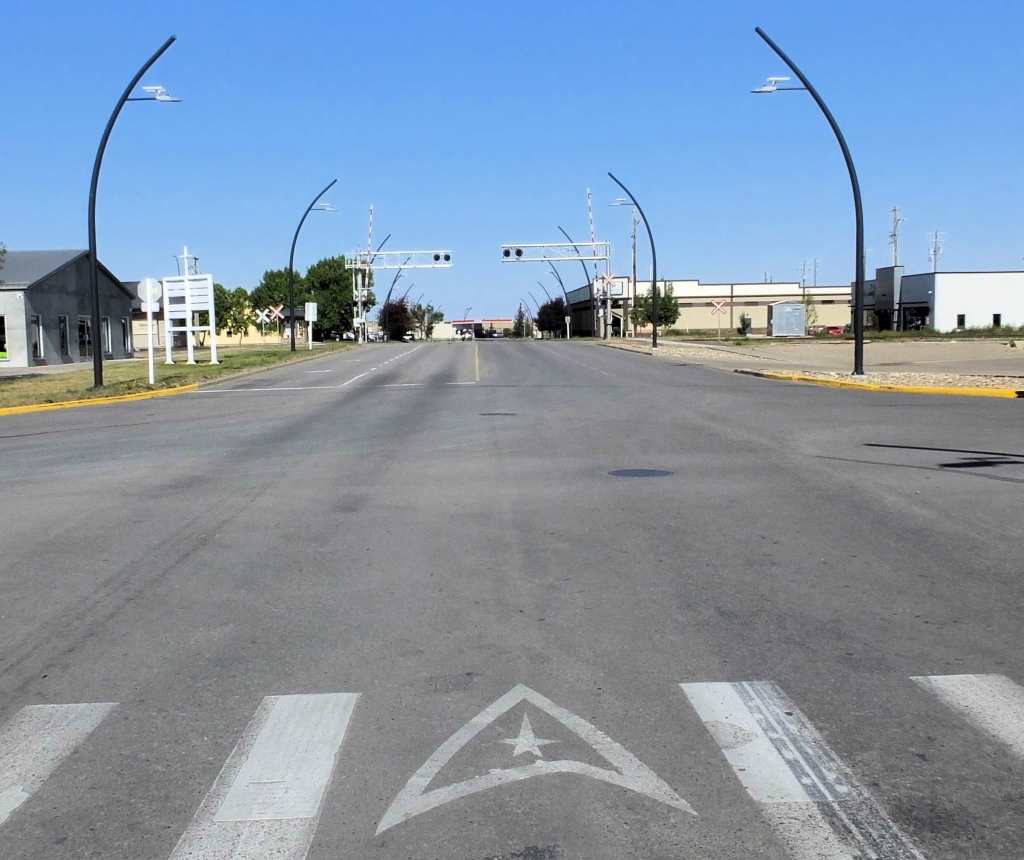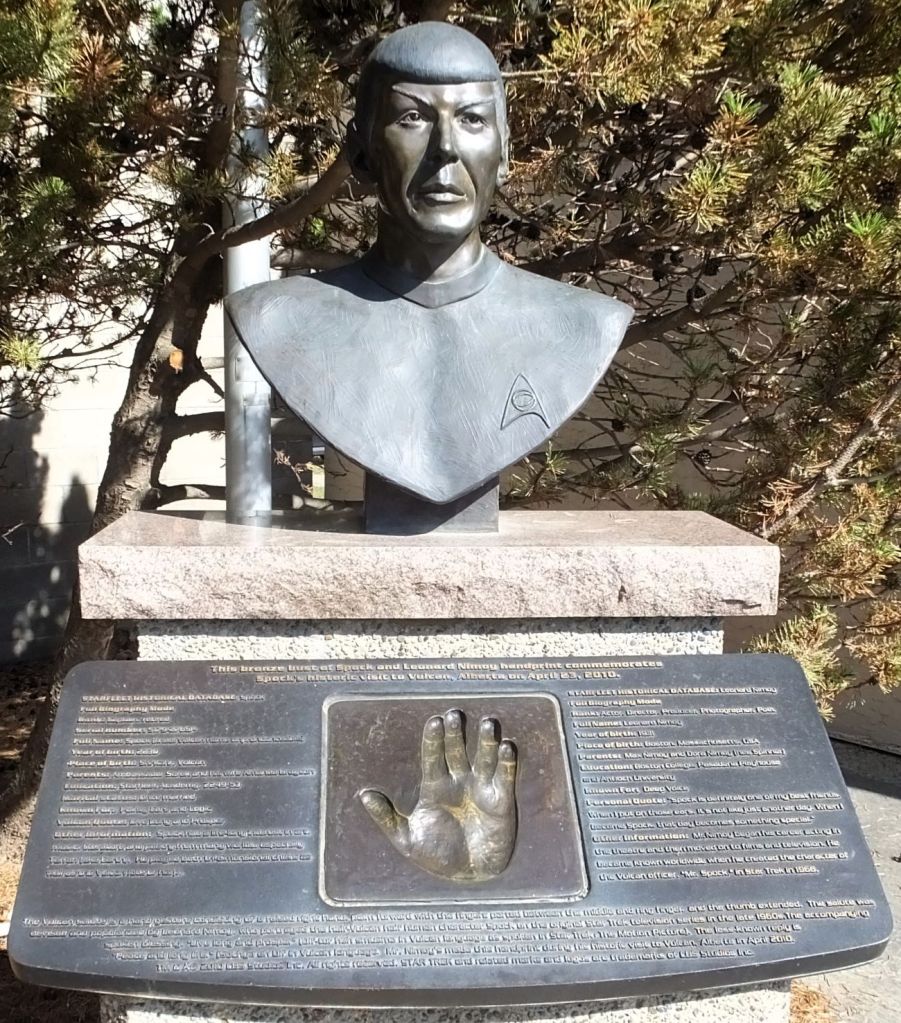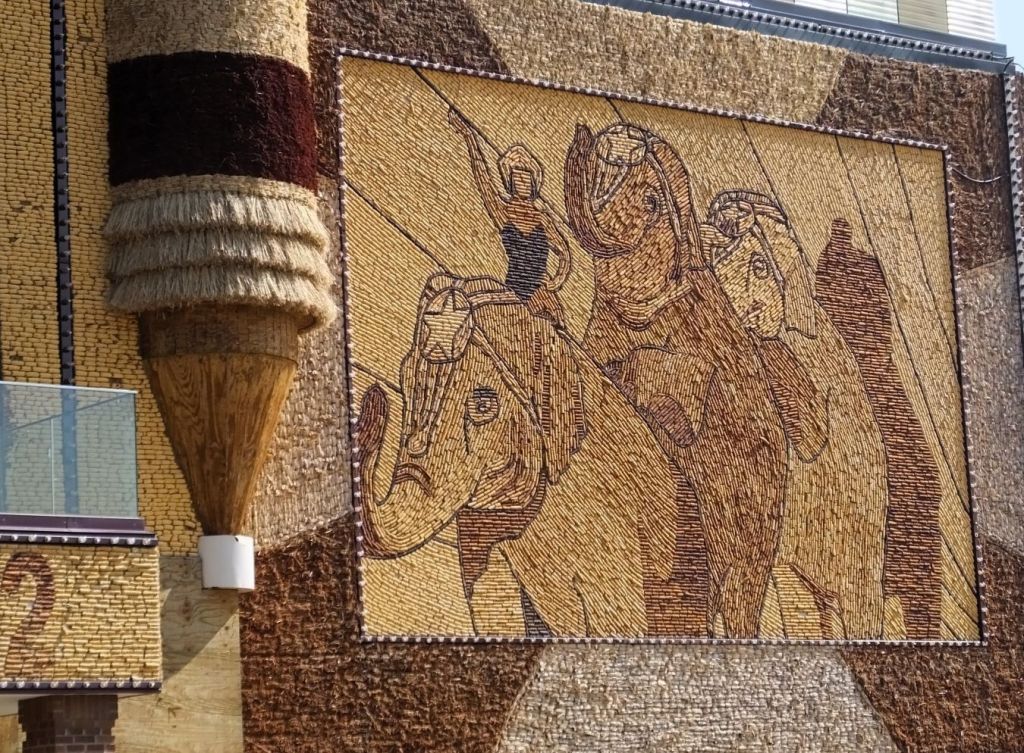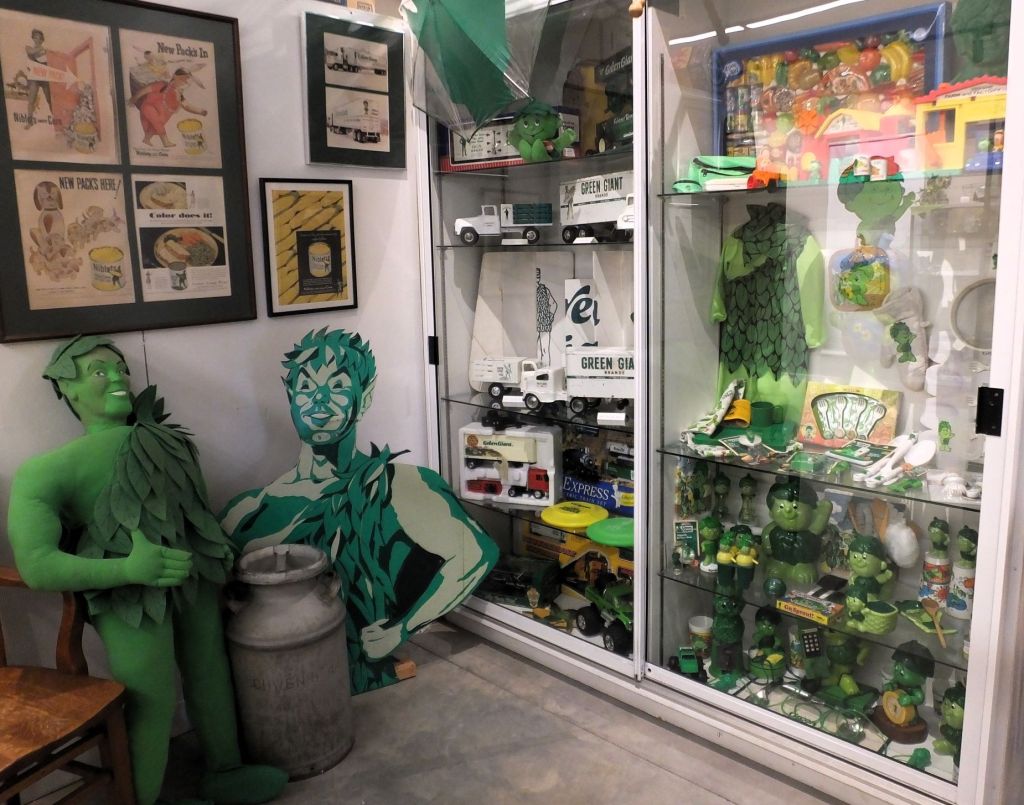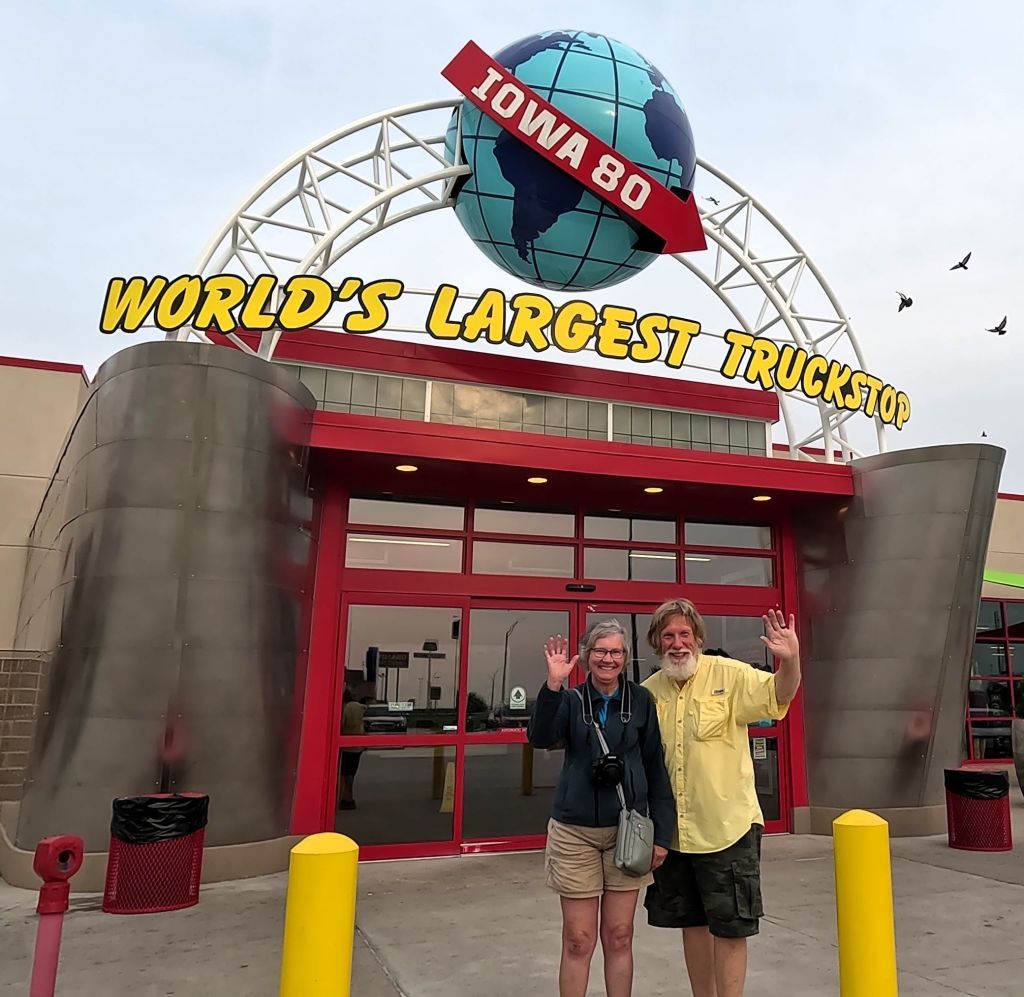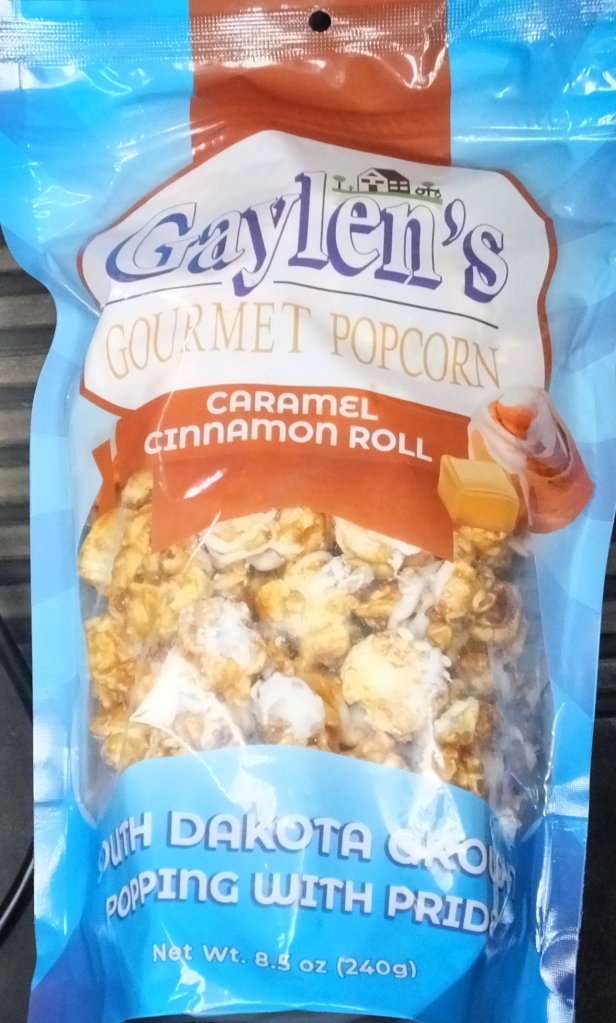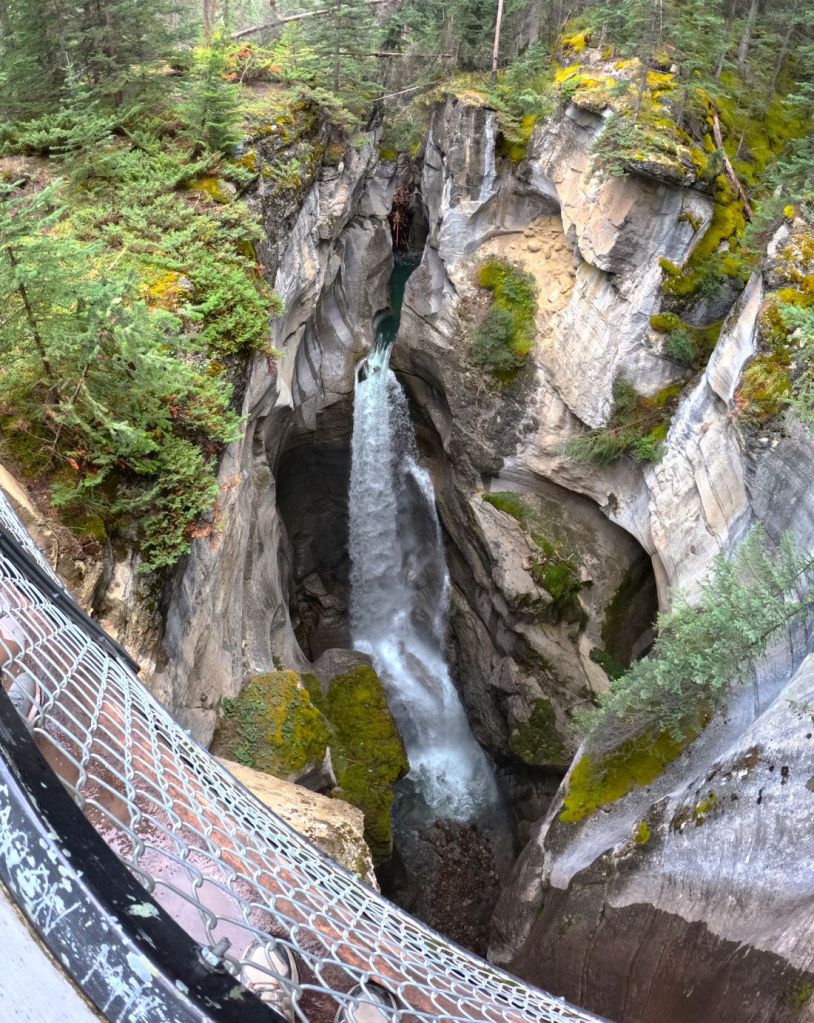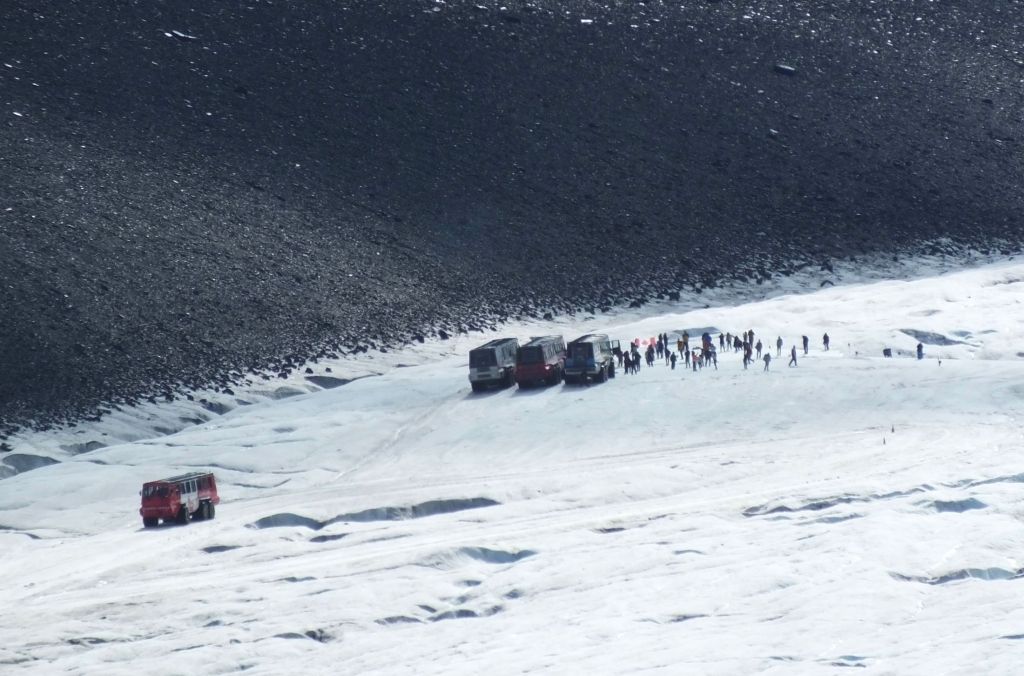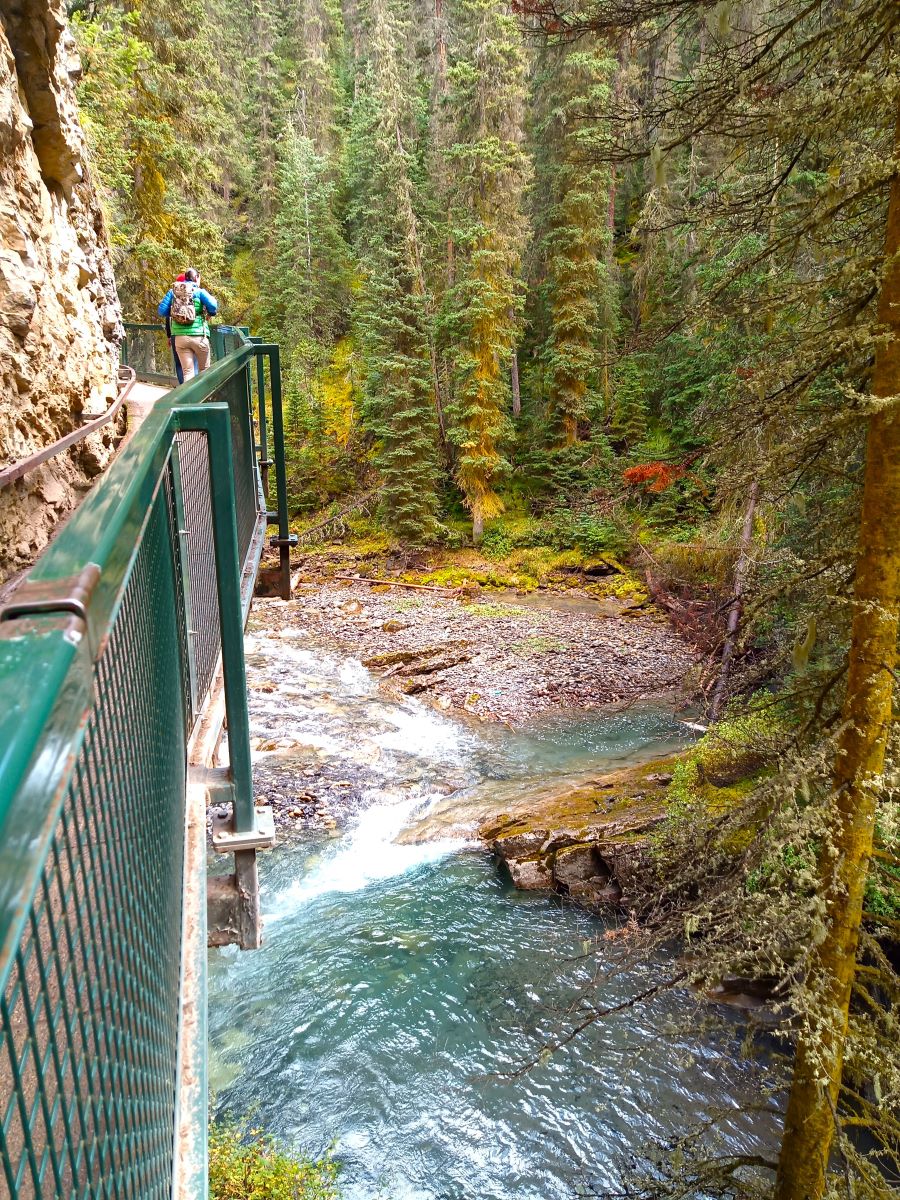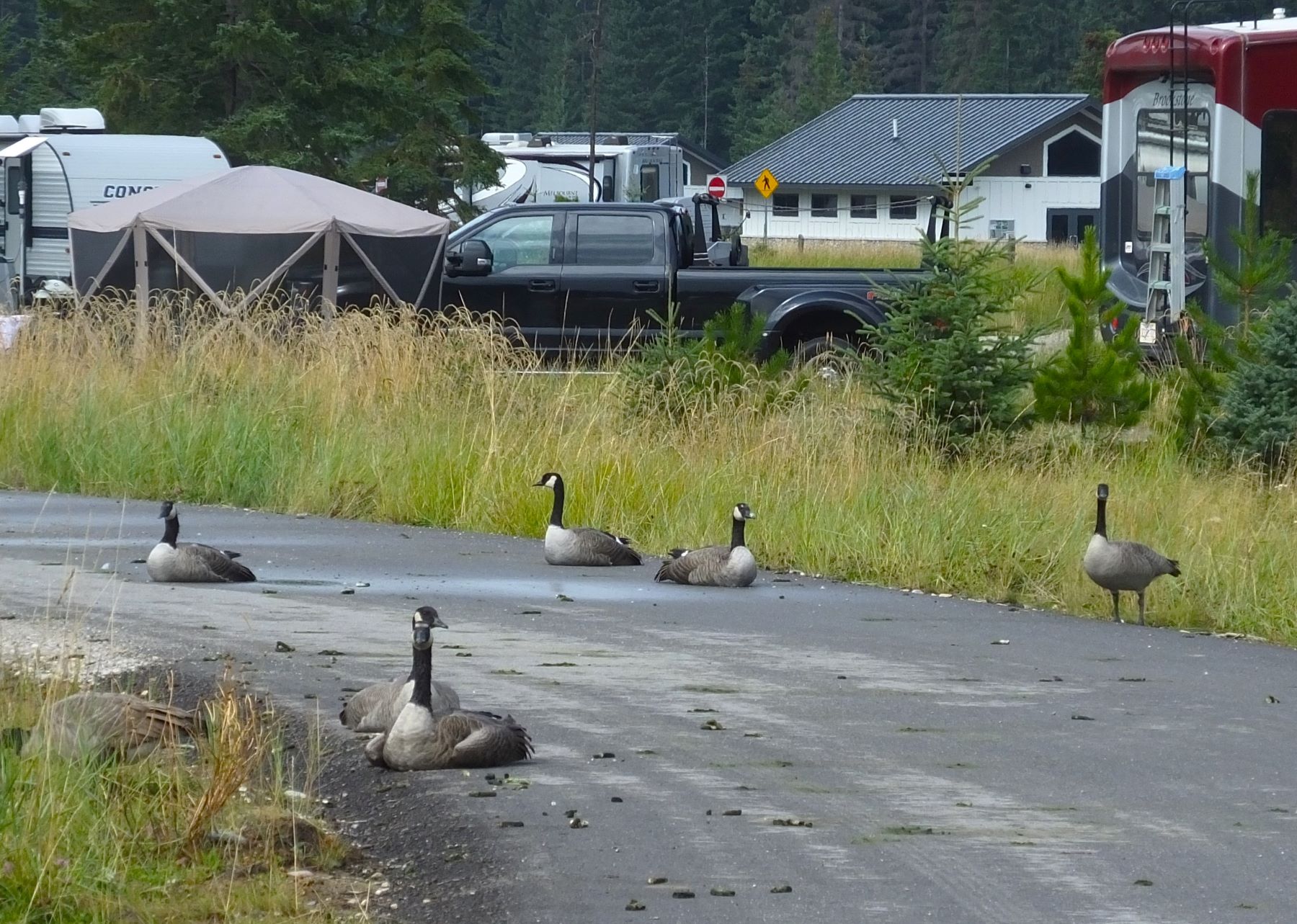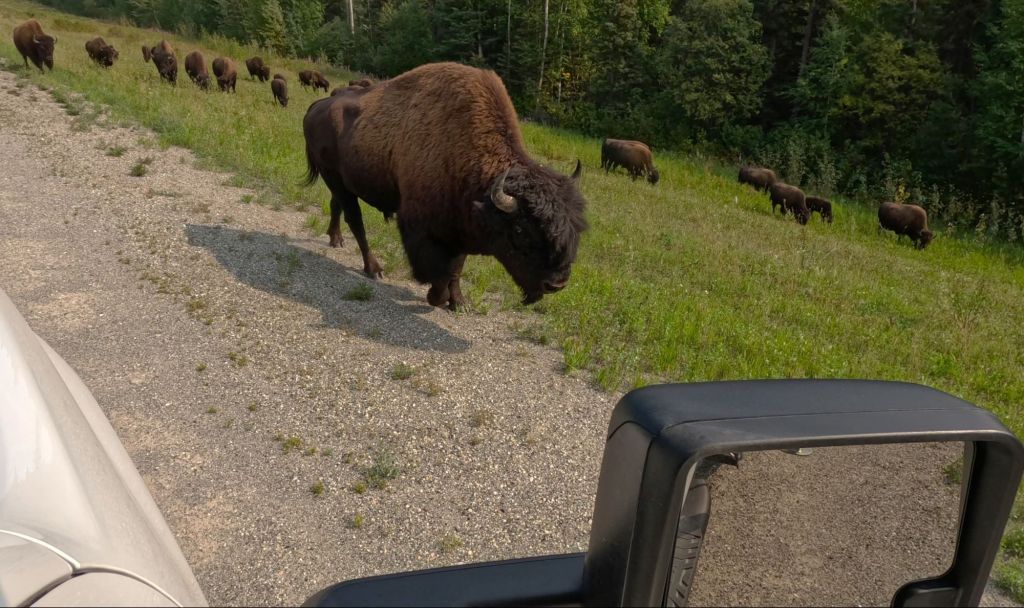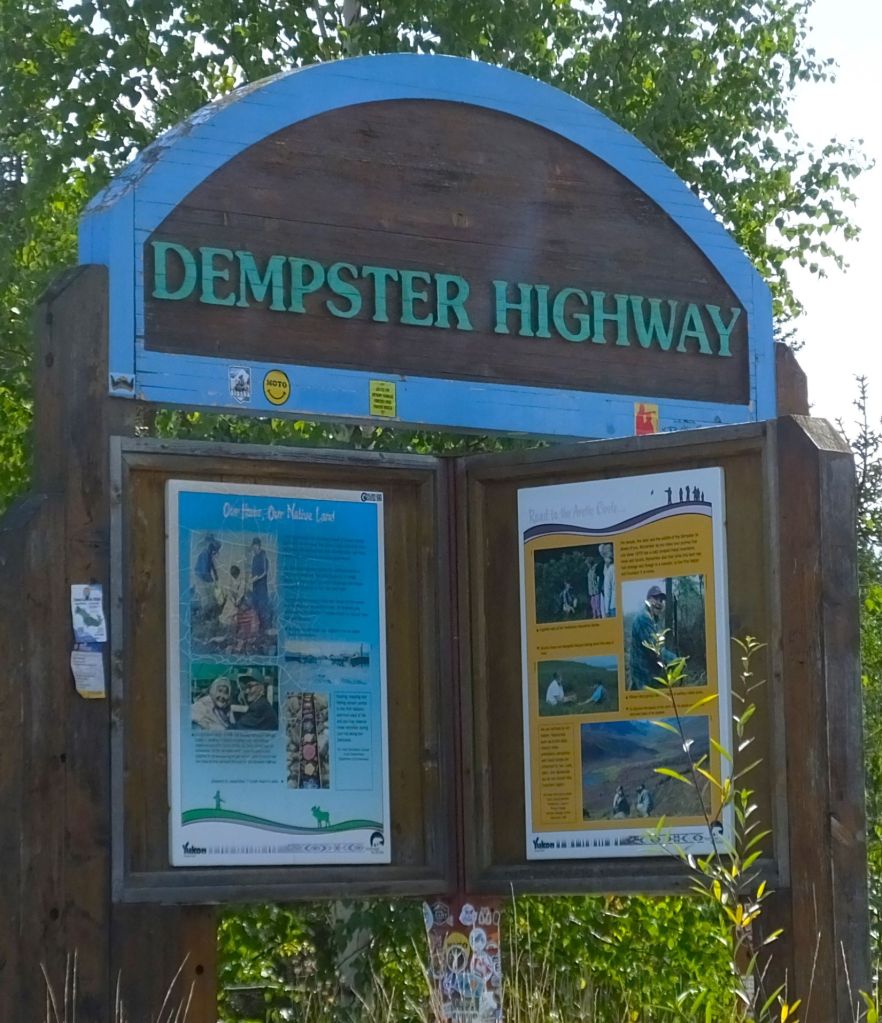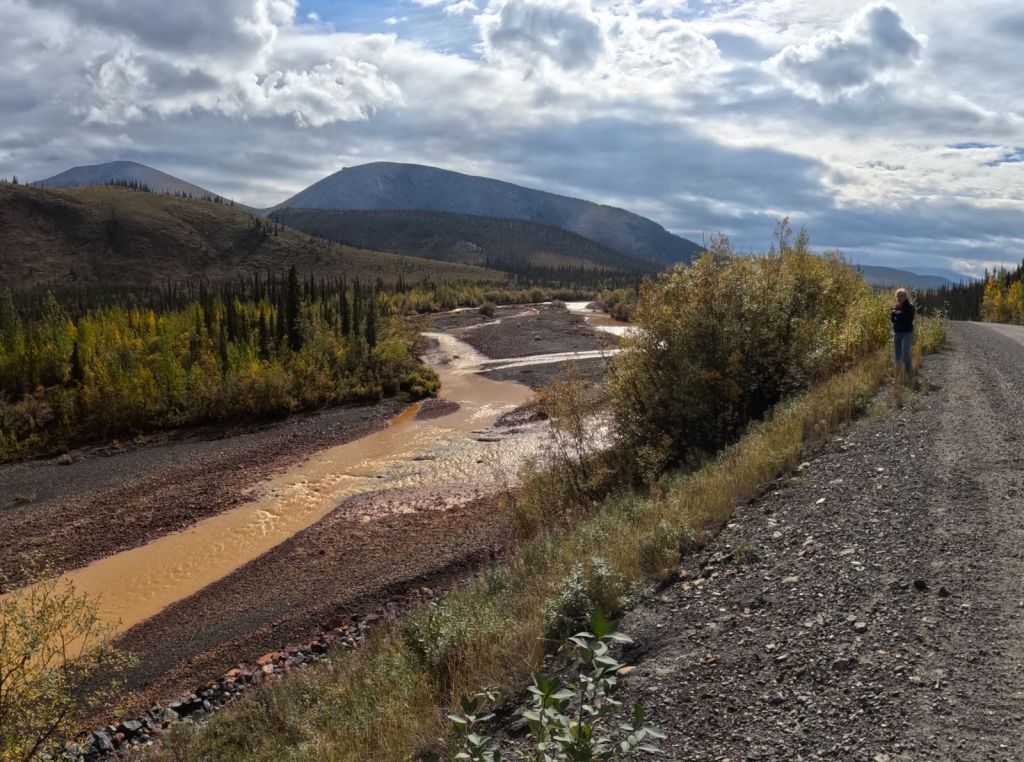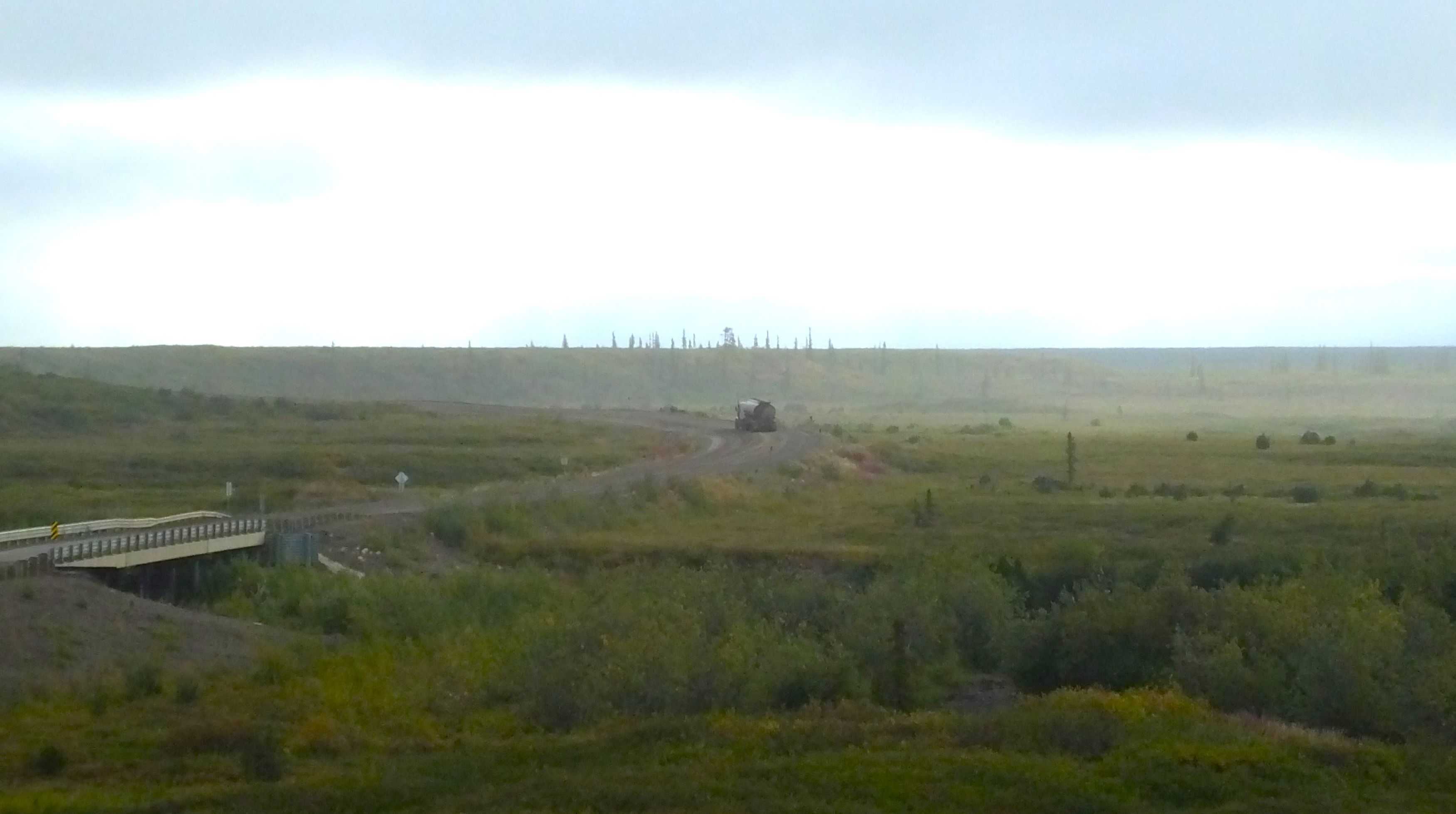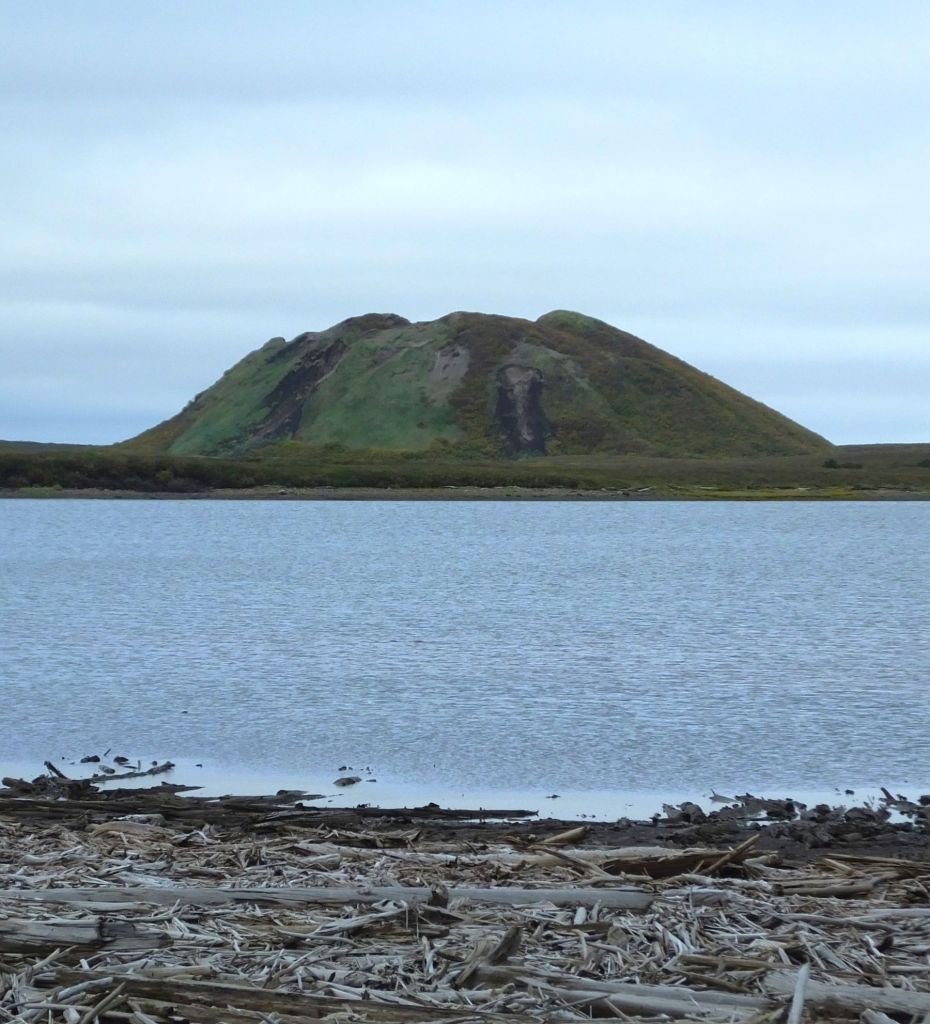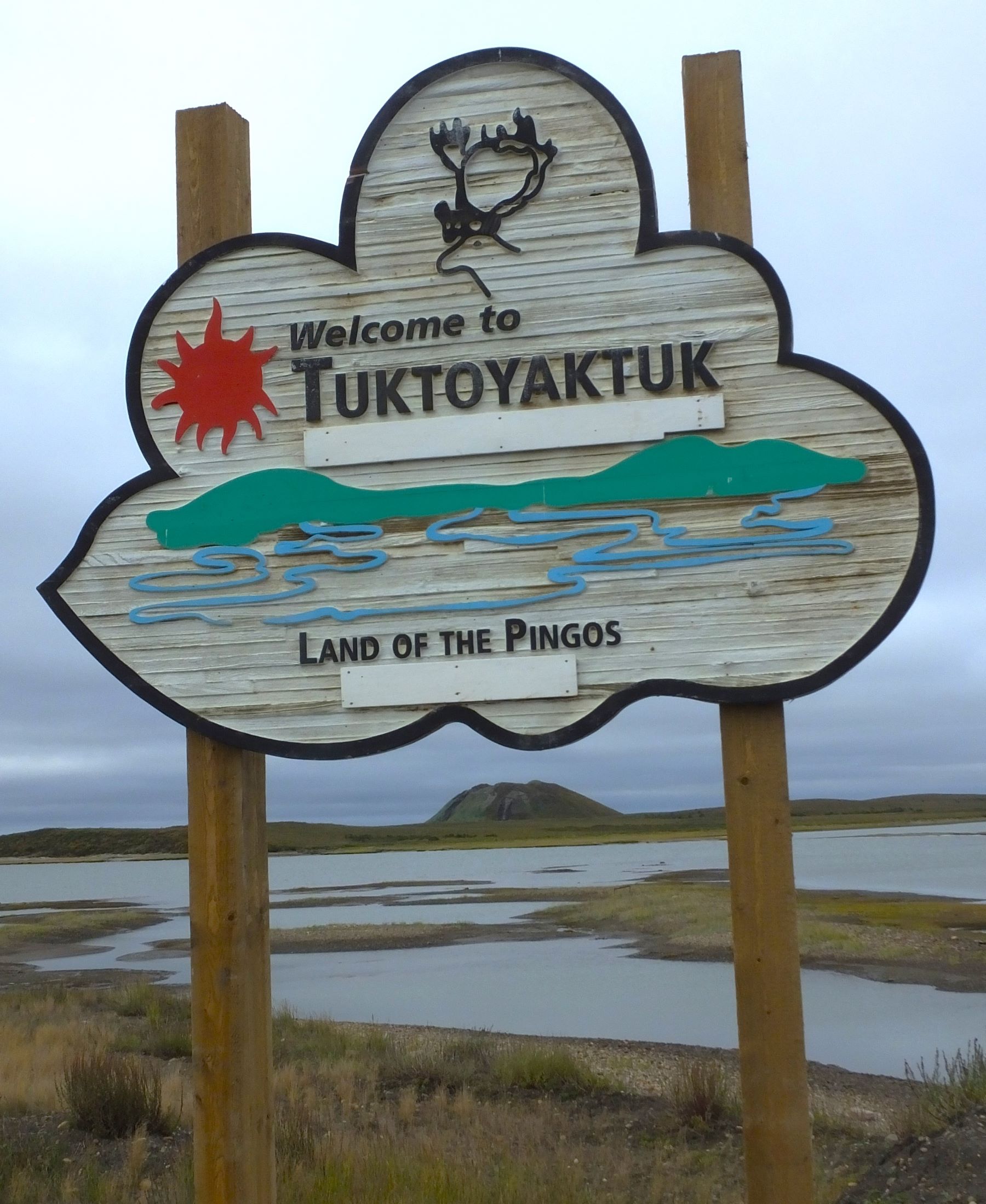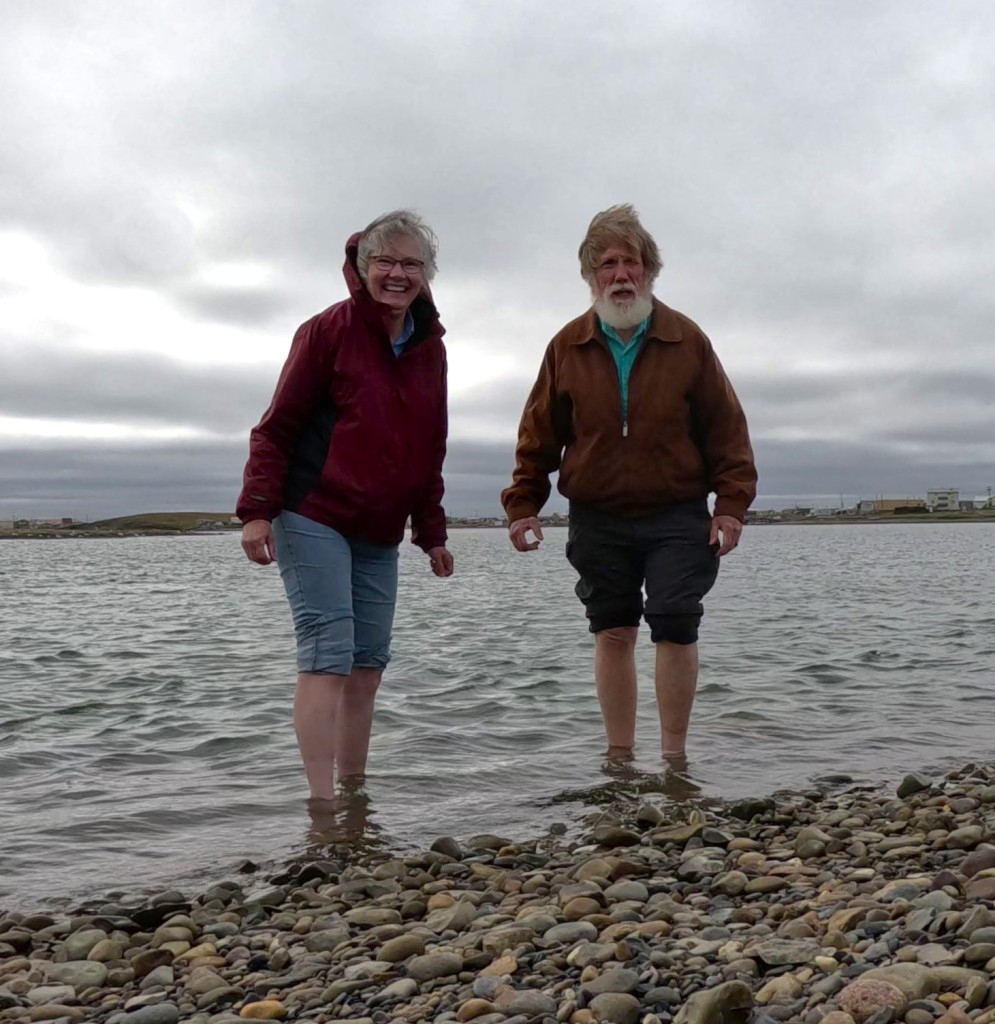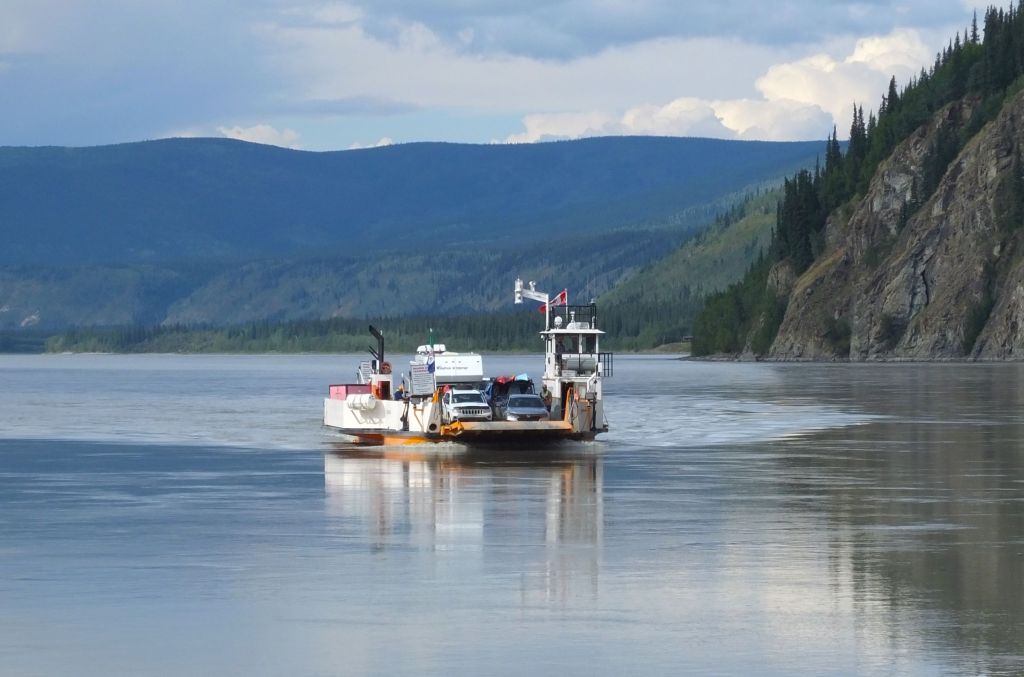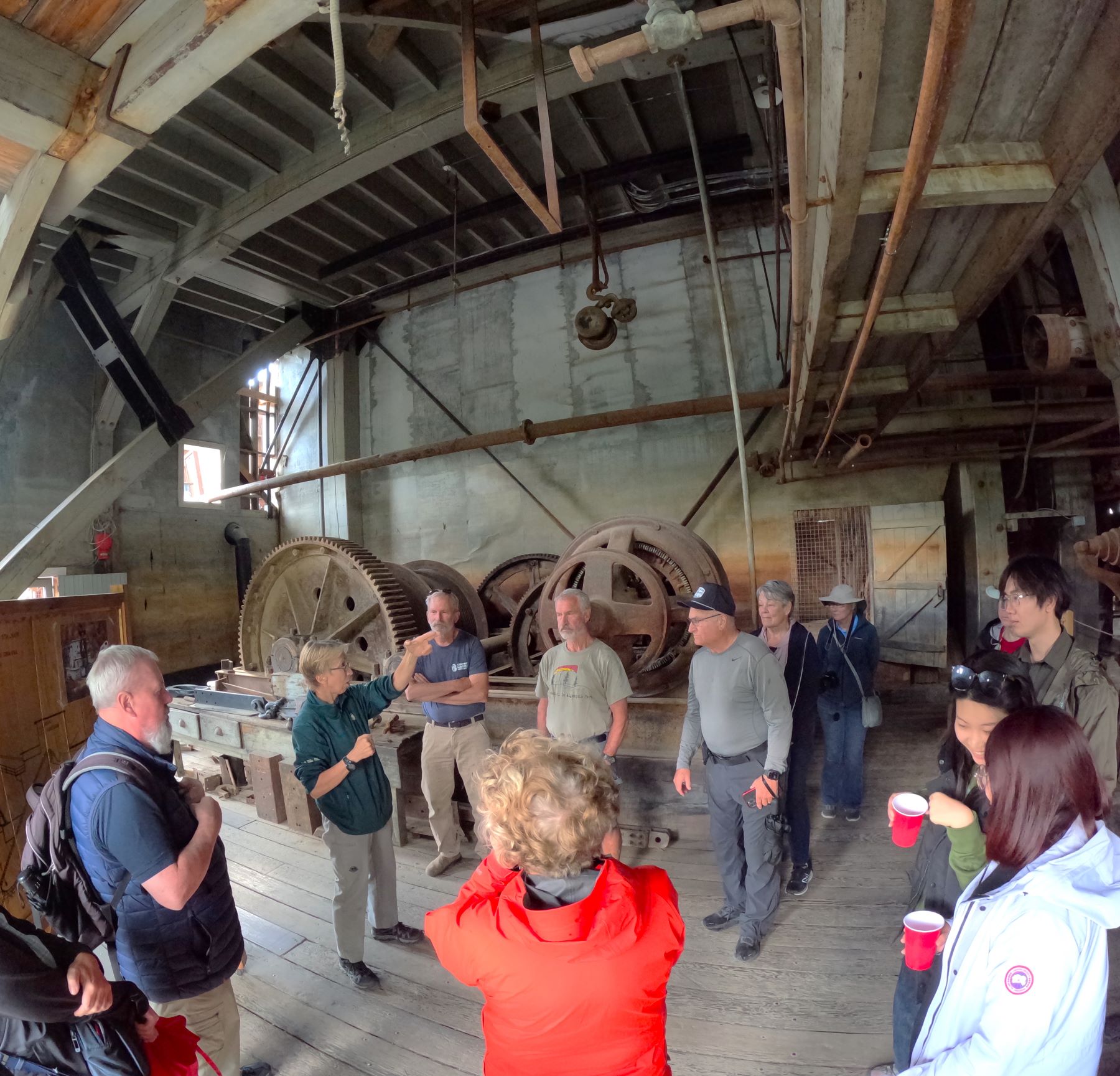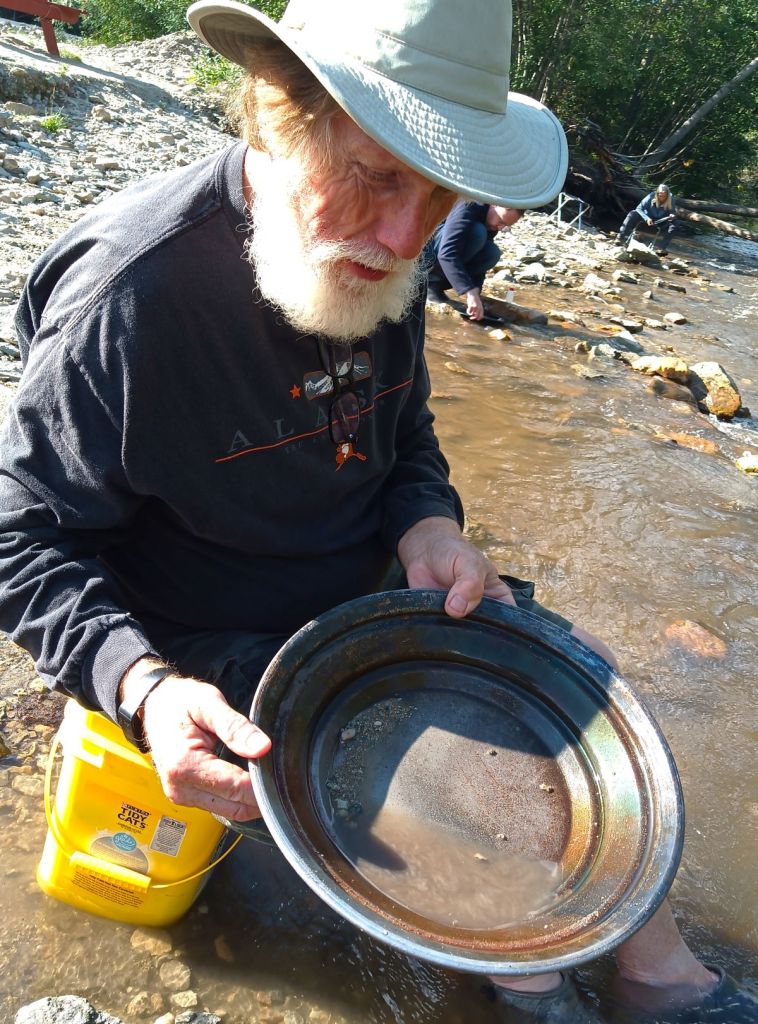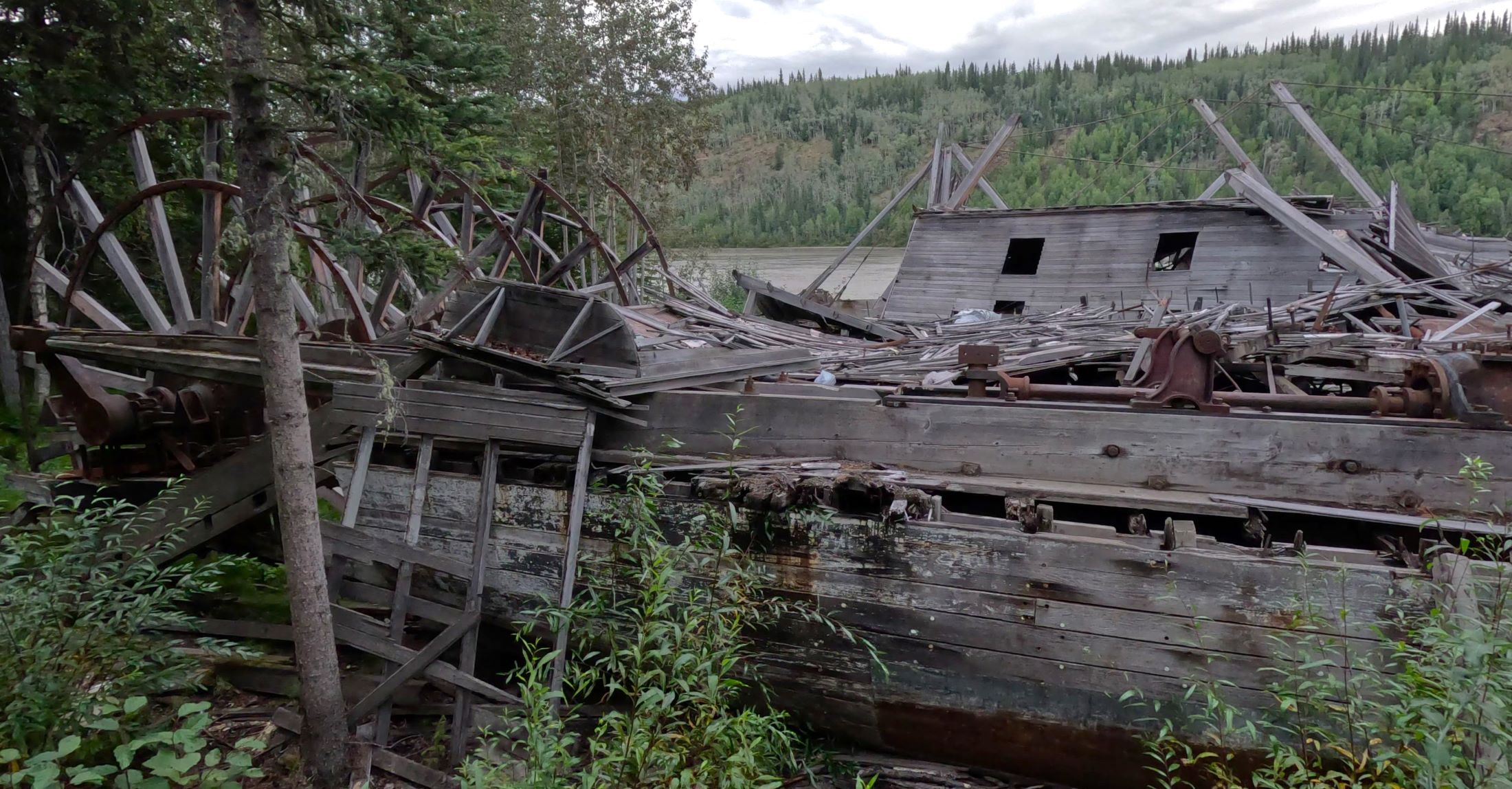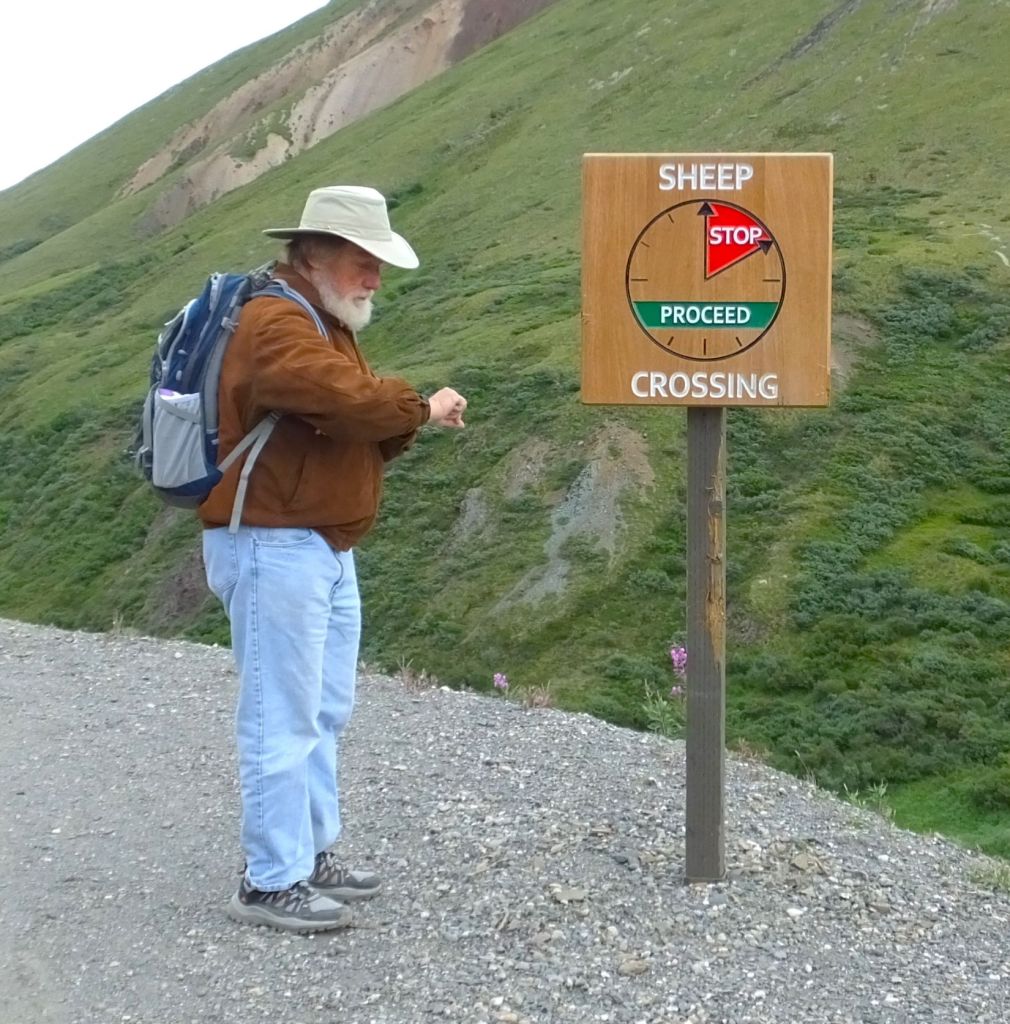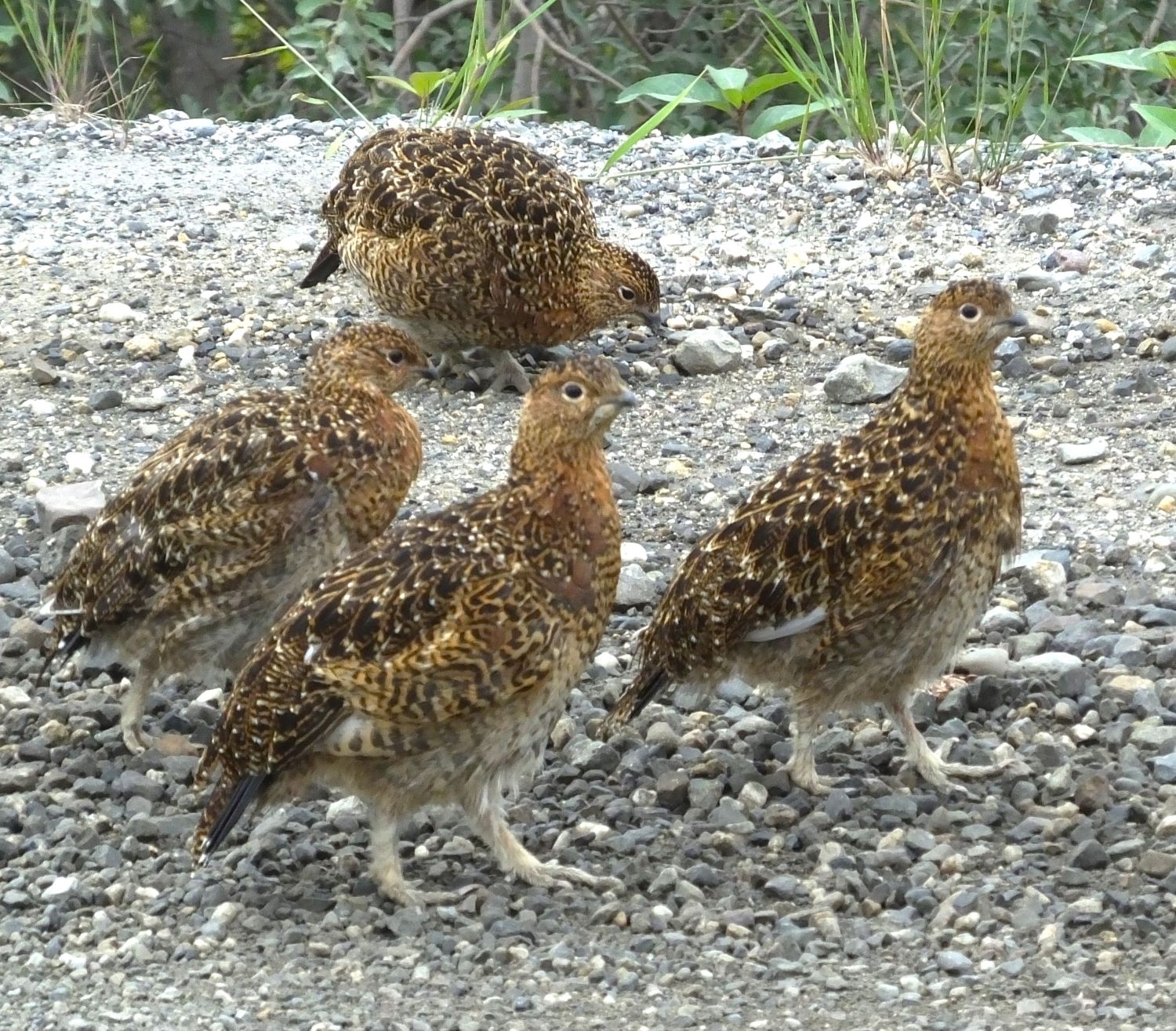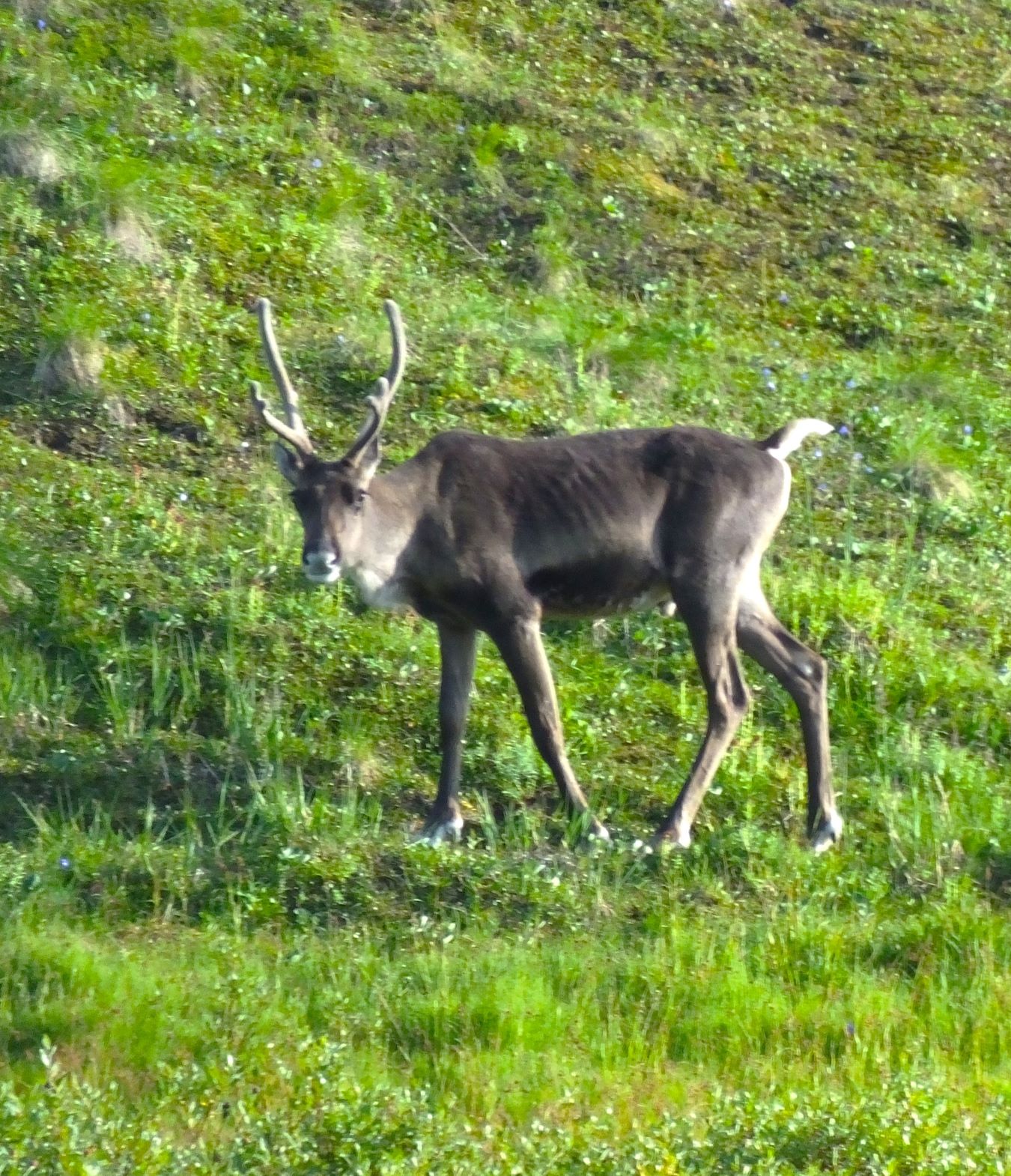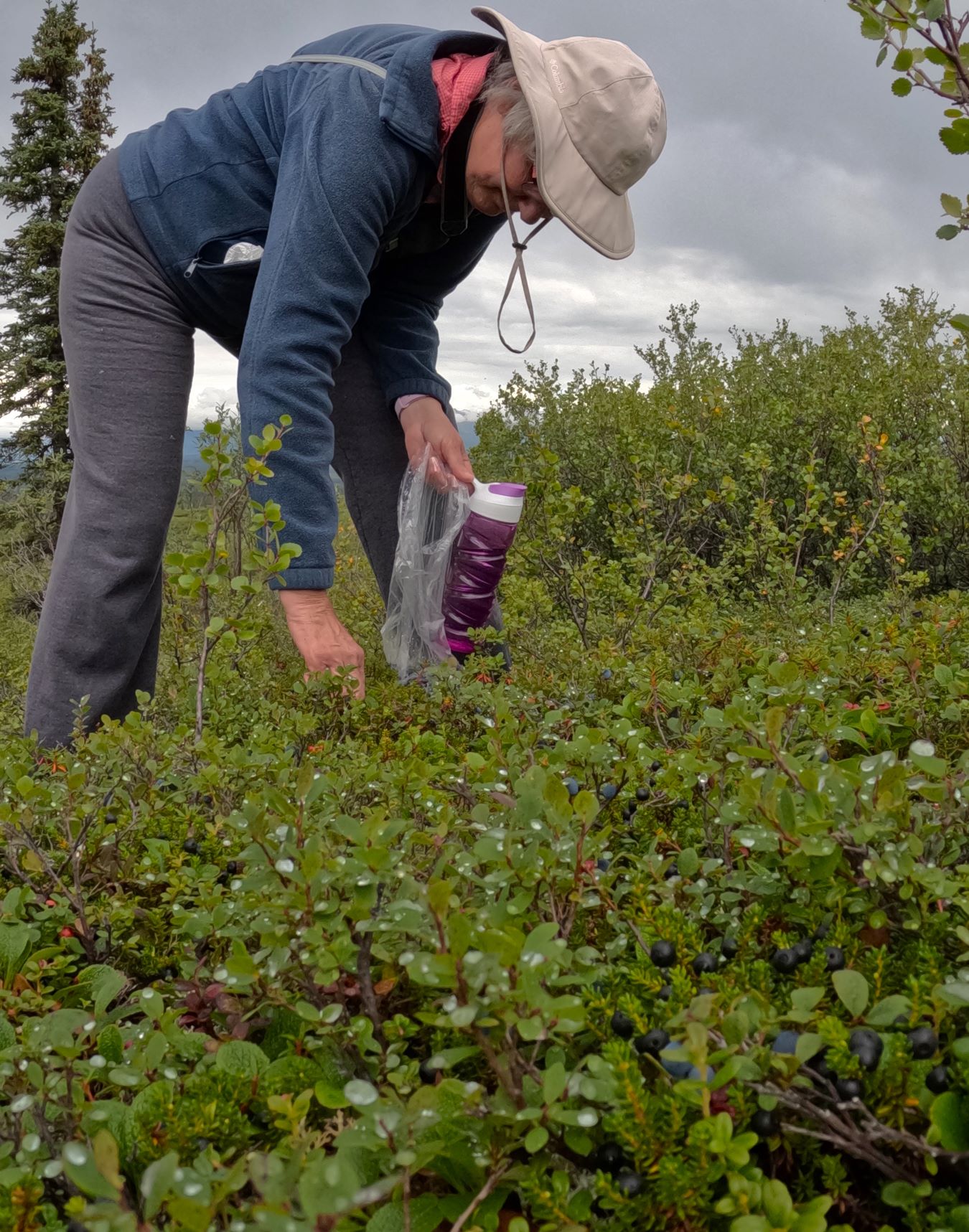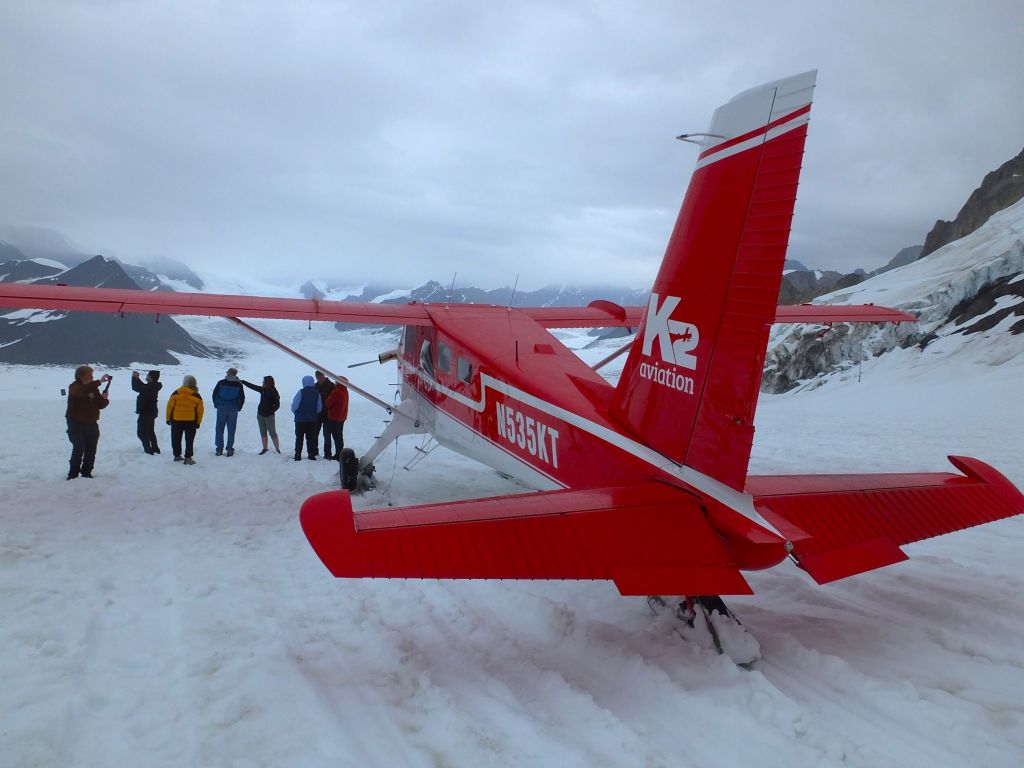(2023 Alaska Revisited Ep 30)
We’ve come to the end of our 2023 Alaska Revisited blog series. It was a blessing to have you follow us for over six months and 30 episodes, and your encouraging comments were really appreciated!
This final episode provides some stats and interesting details, along with related photos.
In addition, Pat and I answer various questions about the trip (favorite campground, best hike and so forth) – from when we left home thru Vancouver, BC, and then north thru Canada and Alaska until we returned home.
Finally, we reveal our favorite cinnamon bun of the trip!
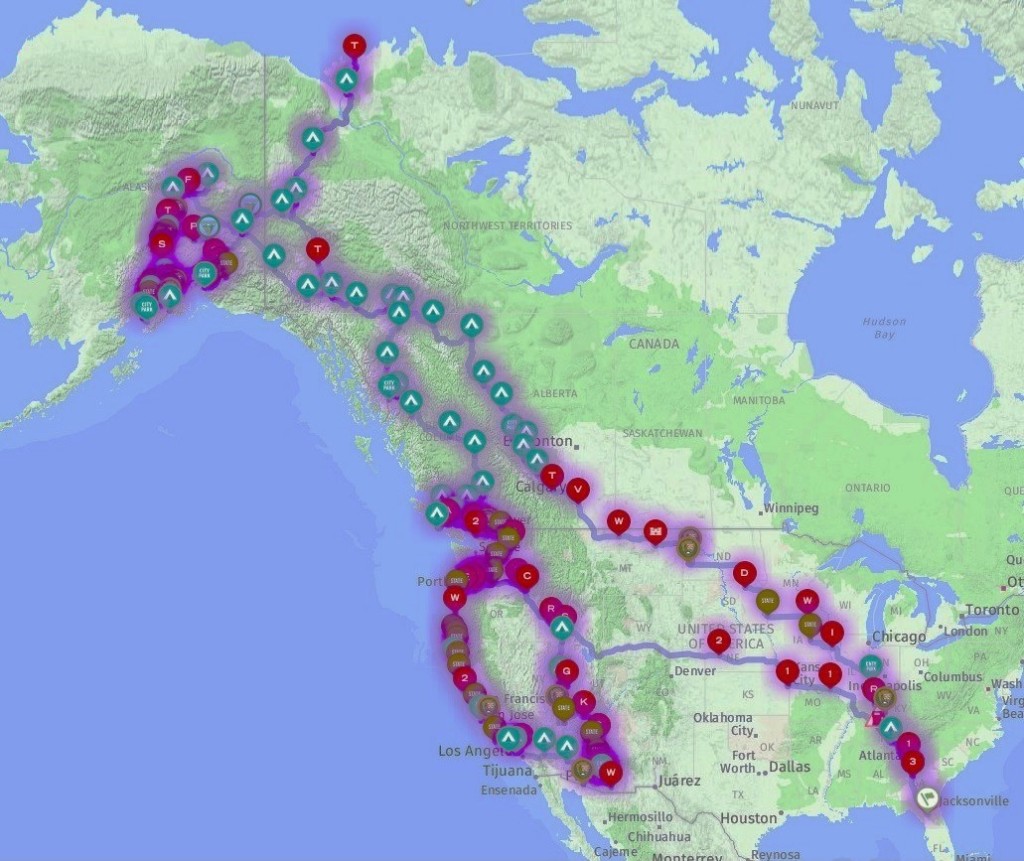
Part 1 – By The Numbers
190 days – total length of trip. 185 days were camping
137 – places we camped. The longest single stay was four days at Whitehorse, Yukon.
$21.93 – average cost per night. The most paid was $65 at Rincon Beach, California.
37 – free nights at pull offs, moochdocking, Walmart and Cracker Barrel.
$303/$413 – cost of laundry and propane.
Q&A – Home thru Vancouver – March 25 thru June 6

Favorite campground
(Pat) Rincon Parkway Campground, CA – epic camping right on the Pacific. Magnificent sunset!
(Ed) Organ Pipe Cactus NP – remote, quiet and many types of beautiful cacti

Favorite place visited
(P) Driving the Pacific Coast Highway: coastline, classic bridges and elephant seals. Enjoyed the whole thing!
(E) Tonto National Monument desert super bloom – surprise detour with steep uphill hike to cliff dwelling among yellow, gold, white and blue desert flowers


Cave hiking in Pinnacles NP
Best hike
(P) Tonto National Monument desert super bloom – see above
(E) Lower Bear Gulch Cave Trail, Pinnacles NP, CA – hike along creek in deep crevasse and up rocky stairs to a small reservoir. We thought we saw a California condor in the nearby peaks.

Favorite Meal
(P) Fresh Harvest Cafe, Florence. OR – Mother’s Day breakfast, a lot of food that we really enjoyed.
(E) Big Daddy’s Fish Fry, Tofino, BC – fish and chips in a cozy little restaurant on Vancouver Island, the two-piece order was enough for us both!

Favorite Attraction
(P) Evergreen Aviation and Space Museum, McMinnville, OR – in addition to lots of interesting planes and space displays, we got to go inside the Spruce Goose and sit in Howard Hughes’ pilot seat.
(E) Redwoods – we had a ‘wow’ reaction every time we walked among the big trees.

Favorite National or State/Provincial Park
(P) Humboldt Redwood State Park, CA – we camped in a Redwood grove.
(E) Valley of Fire SP near Las Vegas, NV – desert camping and hiking amid weather-etched sandstone. We also watched big horn sheep butt horns just a few yards from our campsite.

Most Amazing View
(P) Super bloom of desert flowers in Arizona – beyond Tonto NM, desert blooms cast distant hills in yellow and orange.
(E) Pacific Coast Highway near Big Sur – see Pat’s favorite place visited above.

Part 2 – By The Numbers
21785 – total miles driven
$8438 – total gas cost ($ 2.87/gal – lowest price at Murphy/Walmart in Warner Robins, GA, $6.31/gal – highest at Bob’s Welding, Inuvik NWT)
3 – Percy oil changes
2 – flat tires – at the Alaska border and on the Dempster Highway
8 – US/Canada Border Crossings
14 – ferry rides to Vancouver Island and across the Yukon, Mackenzie, and Peel Rivers, all in Canada
Q&A – North thru Canada and Alaska thru Home – June 7 thru October 1

Favorite place camped
(P) Boondocking near Arctic Circle on Dempster Highway – remote pullout where we enjoyed fall colors of the tundra and picked blueberries
(E) Milepost 96 on the Denali Highway – we hiked under a rainbow with views of Alaska Range in the distance. We were all alone!

Favorite place visited
(P/E) Dempster Highway and the Arctic Ocean: 1000 miles of dirt road and a once in a lifetime experience.

Best hike
(P/E) Denali NP near Teklanika Campground – the park bus dropped us off at Sable Ridge and we walked several miles along the road. We enjoyed phenomenal mountain views and dodged a road-hogging caribou!
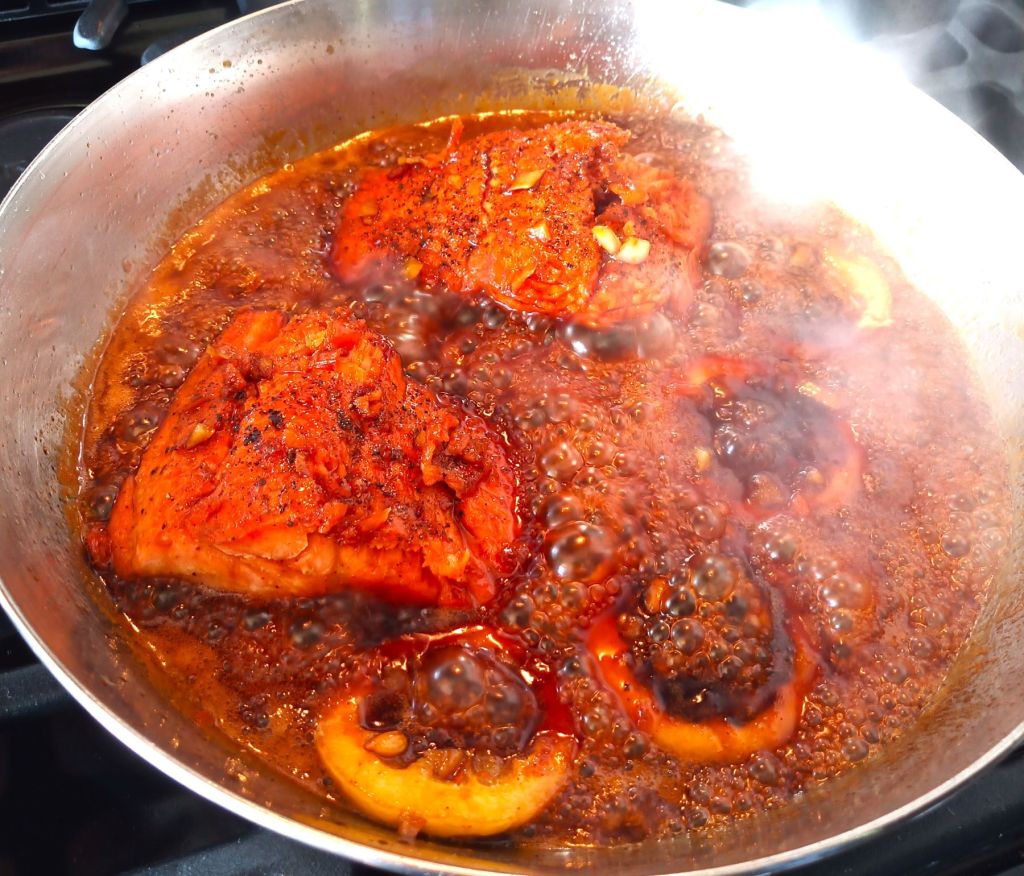
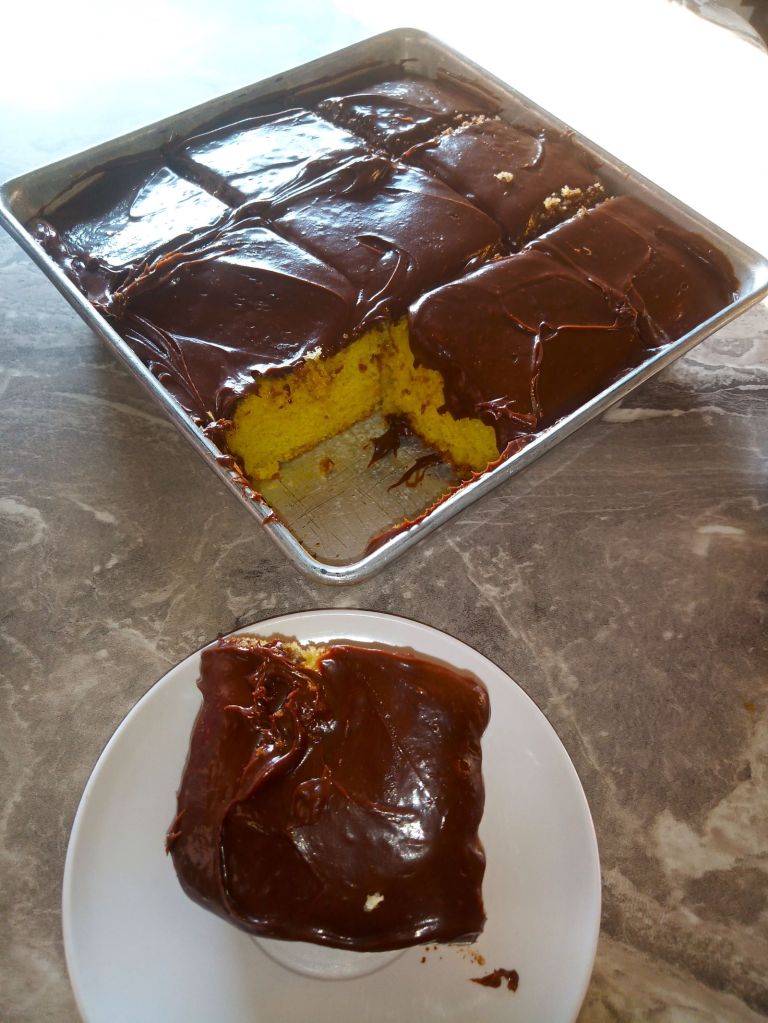
Fresh salmon and chocolate-frosted cake – a delicious way to celebrate Ed’s 66th birthday!
Favorite Meal
(P) Burger Bus in Kenai – fish/chips and a cheeseburger combo on a cold and rainy day. It brought back fond memories of Burger Bus meals on our 2018 Alaska trip.
(E) Pat’s dinner for my 66th birthday: fresh salmon caught in an adjacent lagoon and a homemade cake. Wow!
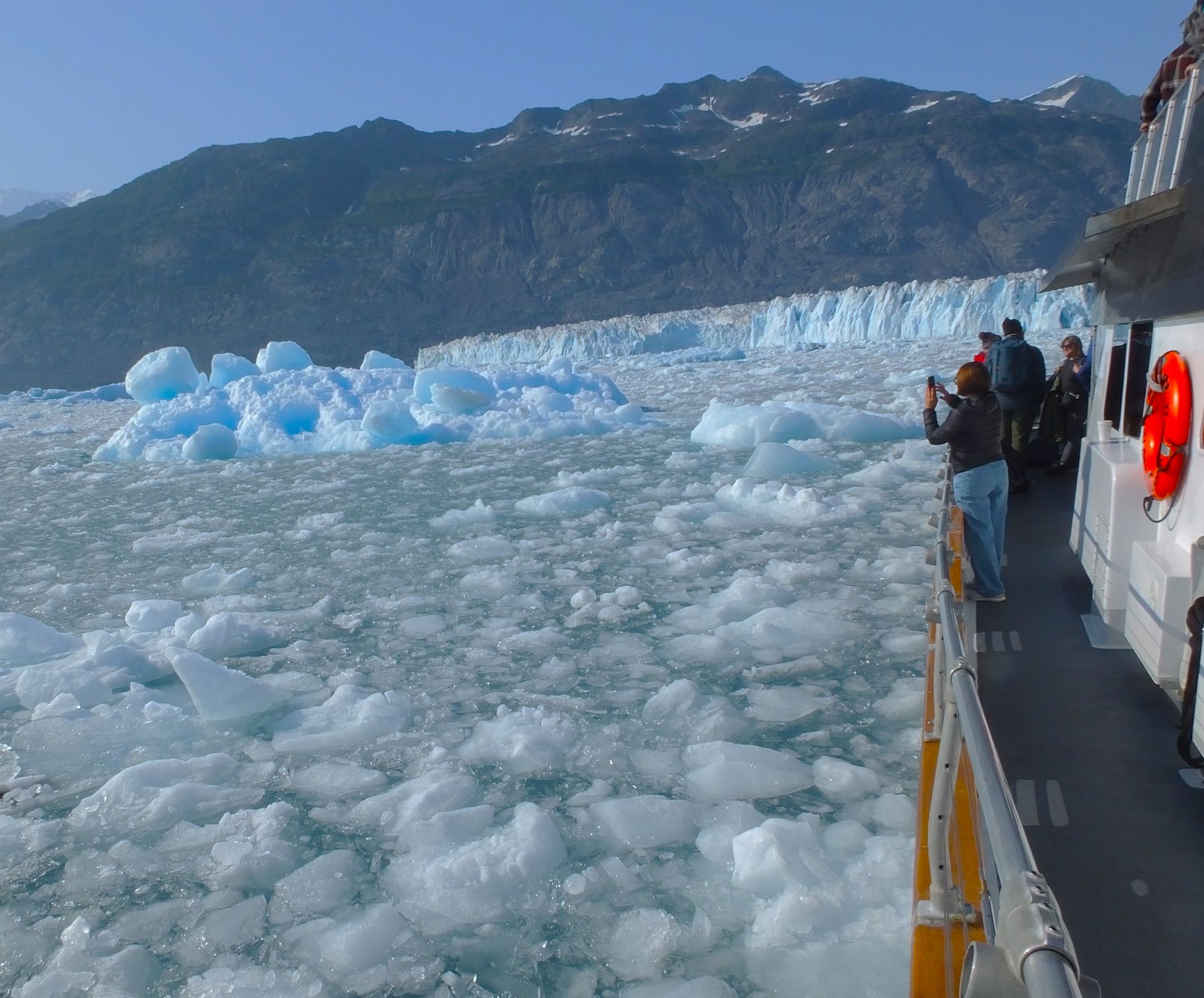

Lu-lu Belle approaching Columbia Glacier, expertly piloted by Captain Fred
Favorite Attraction
(P/E) Lu-lu Belle glaciers and wildlife cruise near Valdez – ten-hour cruise to see seals, puffins, whales, goats, and the Columbia Glacier. It was amazing!
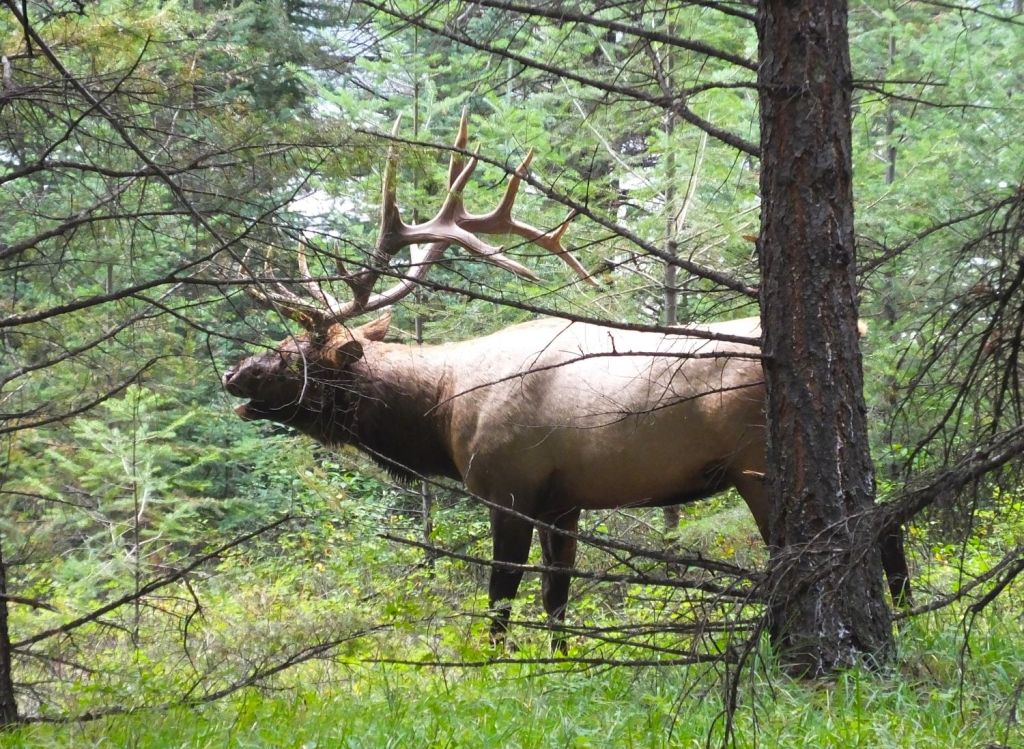
Favorite National or State/Provincial Park
(P) Denali NP – four days of great views, hikes, and camping.
(E) Jasper/Banff NP – bugling elk and spectacular Rocky Mountain views
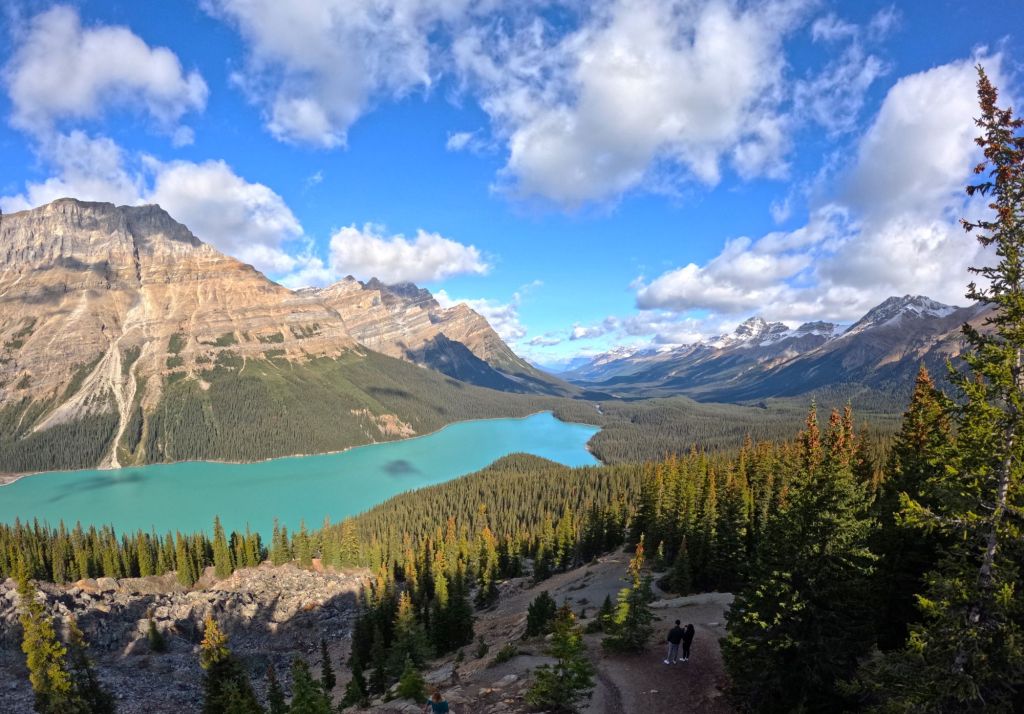
Most Amazing View
(P) Peyto Glacier and Lake Overlook, Banff NP – we were rewarded after a VERY steep hike to the overlook. The blue color of the lake was beautiful.
(E) Denali Airflight – we flew through rugged mountains near Denali and landed on a glacier!

Part 3 – By The Numbers
18 – moose, all mamas and babies, no Bullwinkles.
30 – bears, 14 grizzly and 16 black bears.
Billions and billions – hungry mosquitoes.
3 and 2 – Star Trek-themed attractions and Gorns.
100,002+ – signs in the Watson Lake signpost forest, including two of ours.
320 feet, 11 inches – wingspan of the Spruce Goose H-4 Hercules
20310 feet – elevation of the Great One, Denali
22 hours, 6 mins – length of day on June 27 at Chena Hot Springs near Fairbanks
7/15/23 10:48 pm – 7.2 magnitude earthquake for which we received scary cell phone evacuation alerts.
20 – frozen toes that dipped into the Arctic Ocean at Tuktoyaktuk, NWT.
13 – Cinnamon buns eaten (countless calories) (doesn’t include cinnamon bun-flavored cookies and popcorn).

Best Cinnamon Bun
And now, the big reveal you have been waiting for.
It wasn’t an easy choice, but we agreed our trip’s BEST cinnamon bun was at Braeburn Lodge, an unostentatious restaurant an hour north of Whitehorse, Yukon.

We split a huge, pillowy, cinnamon, deliciously-iced bun – bun perfection by any measure!
Looking Ahead to 2024
In the new year we will explore new RabbiTRAILs at a couple north Florida state parks in January and then camp in the Florida Keys in February. We’ll have other travel plans to announce as the year unfolds.
See you in 2024. Have a blessed Christmas and Happy New Year!






